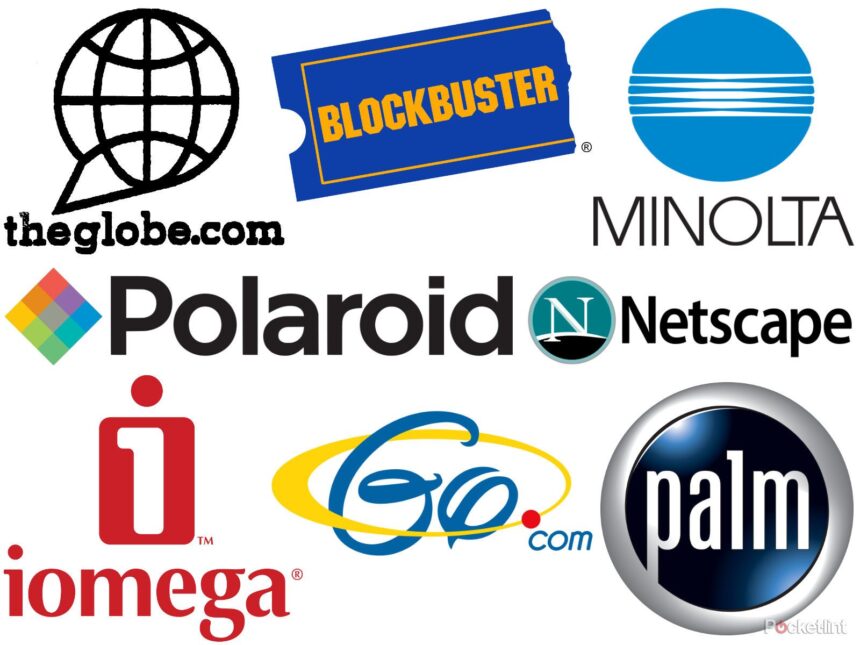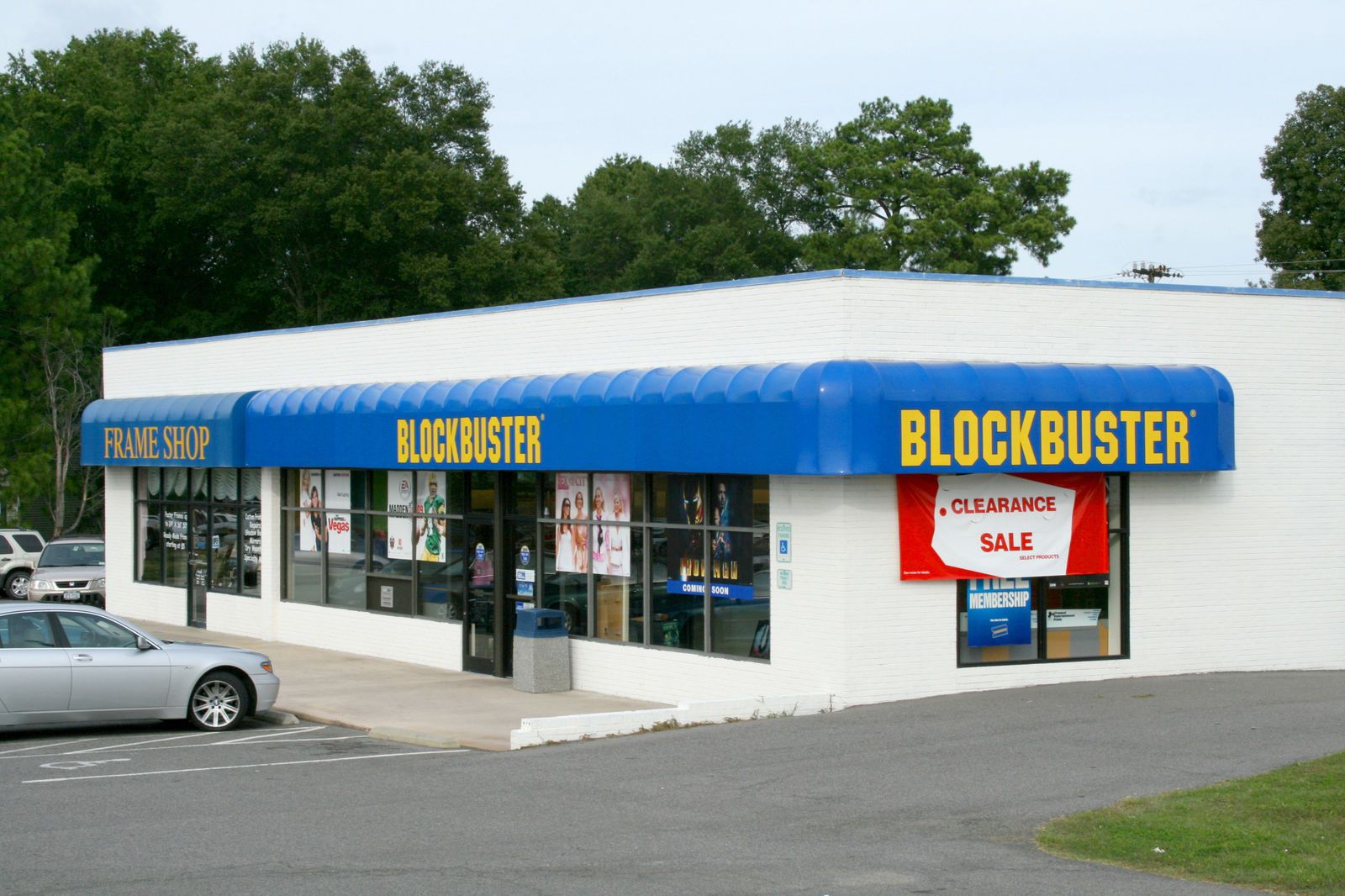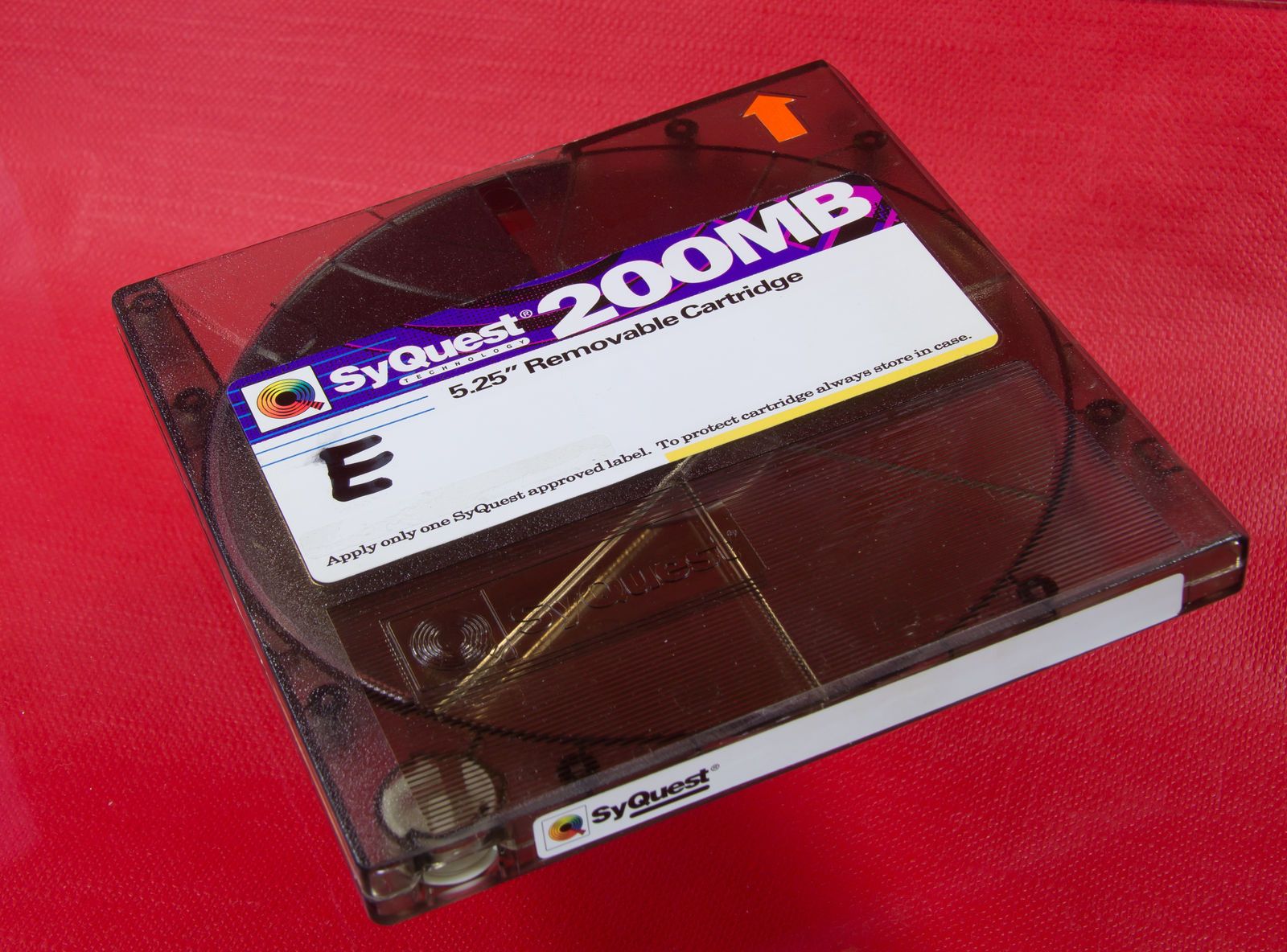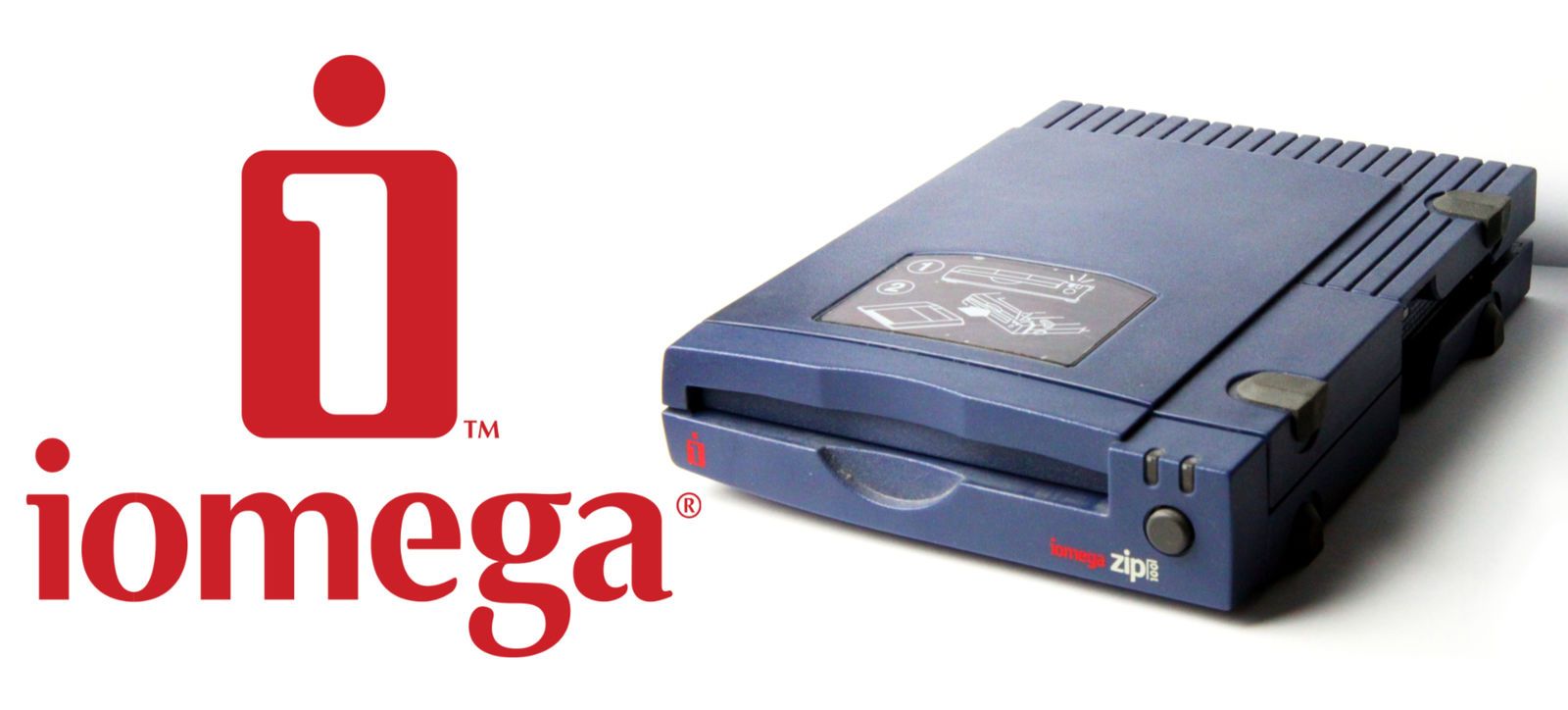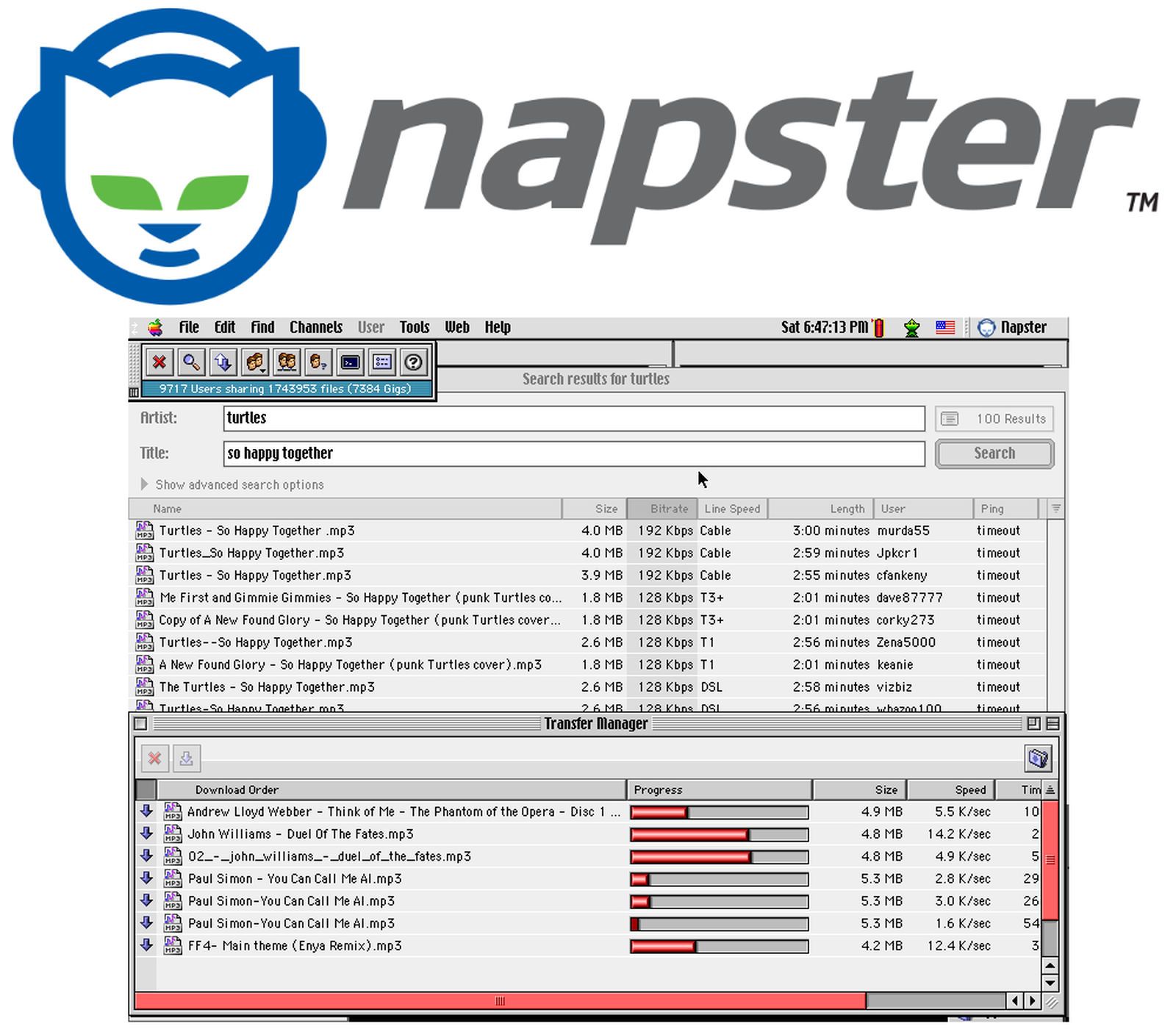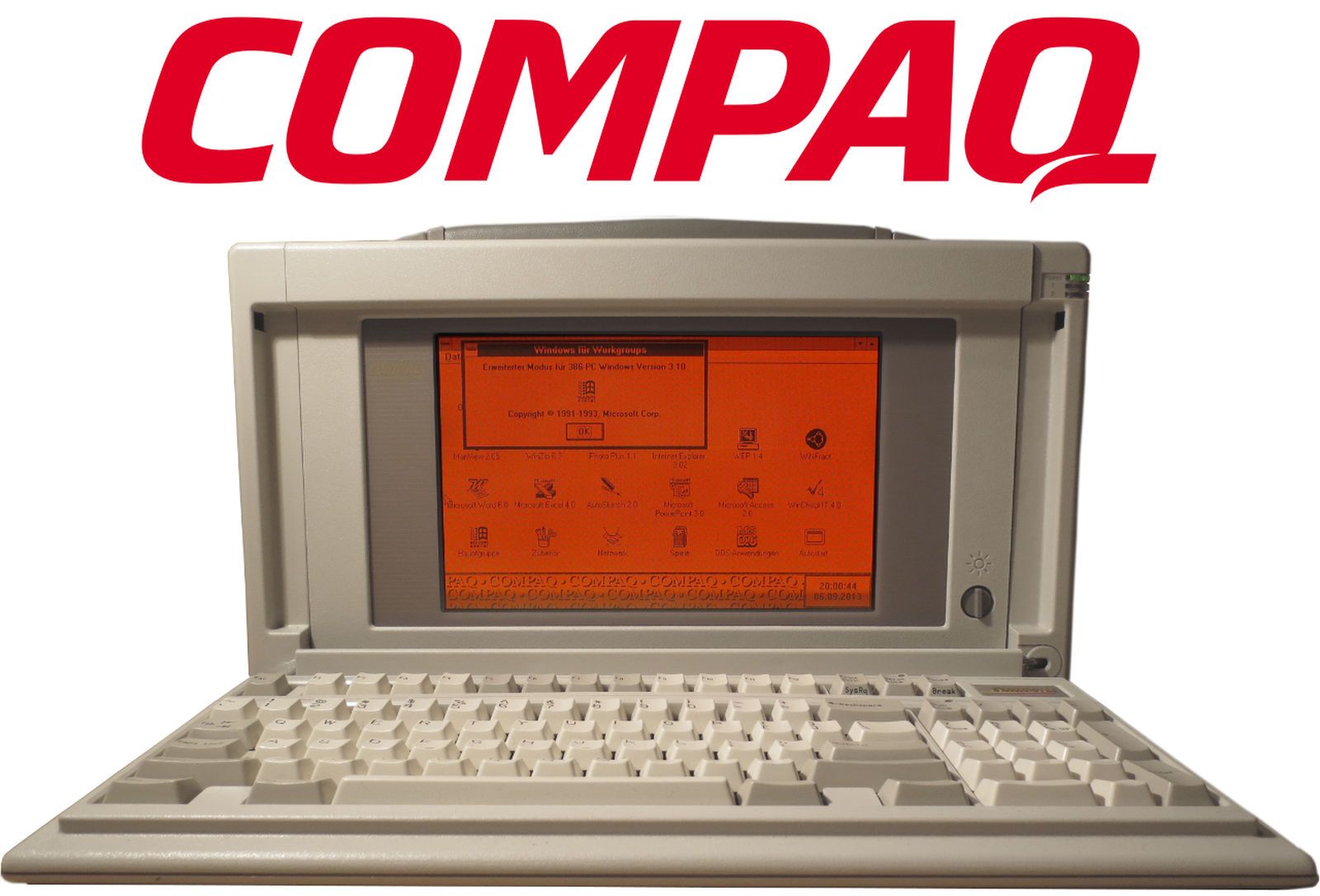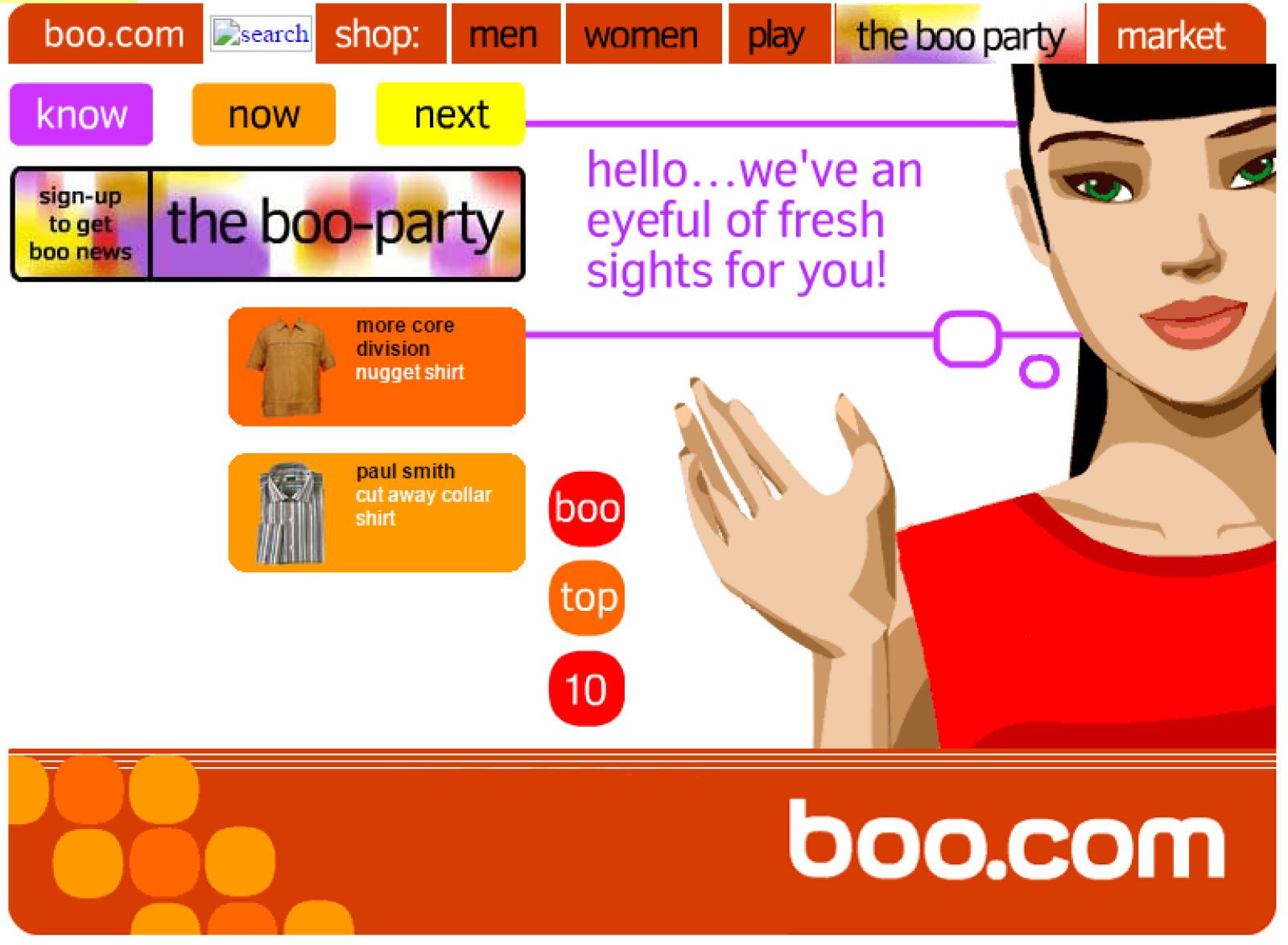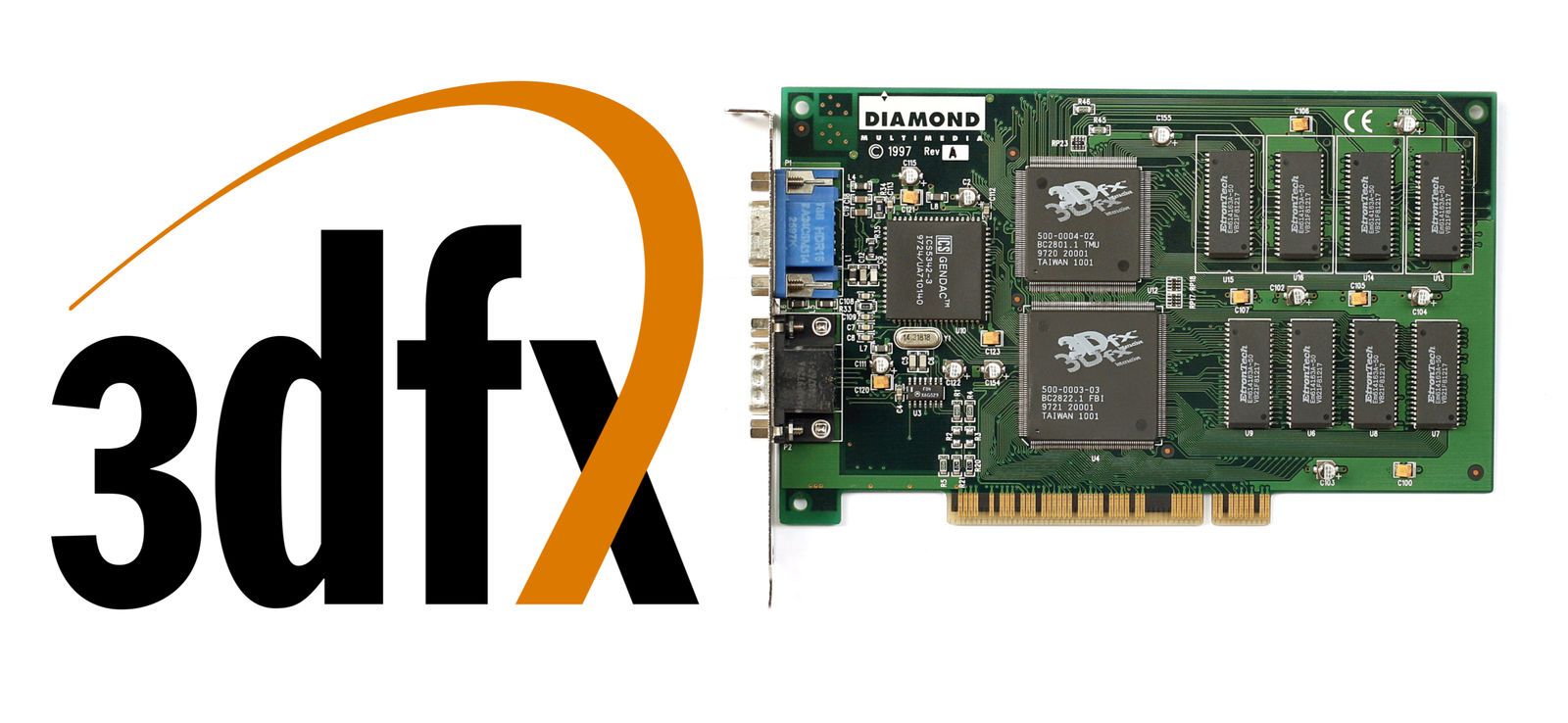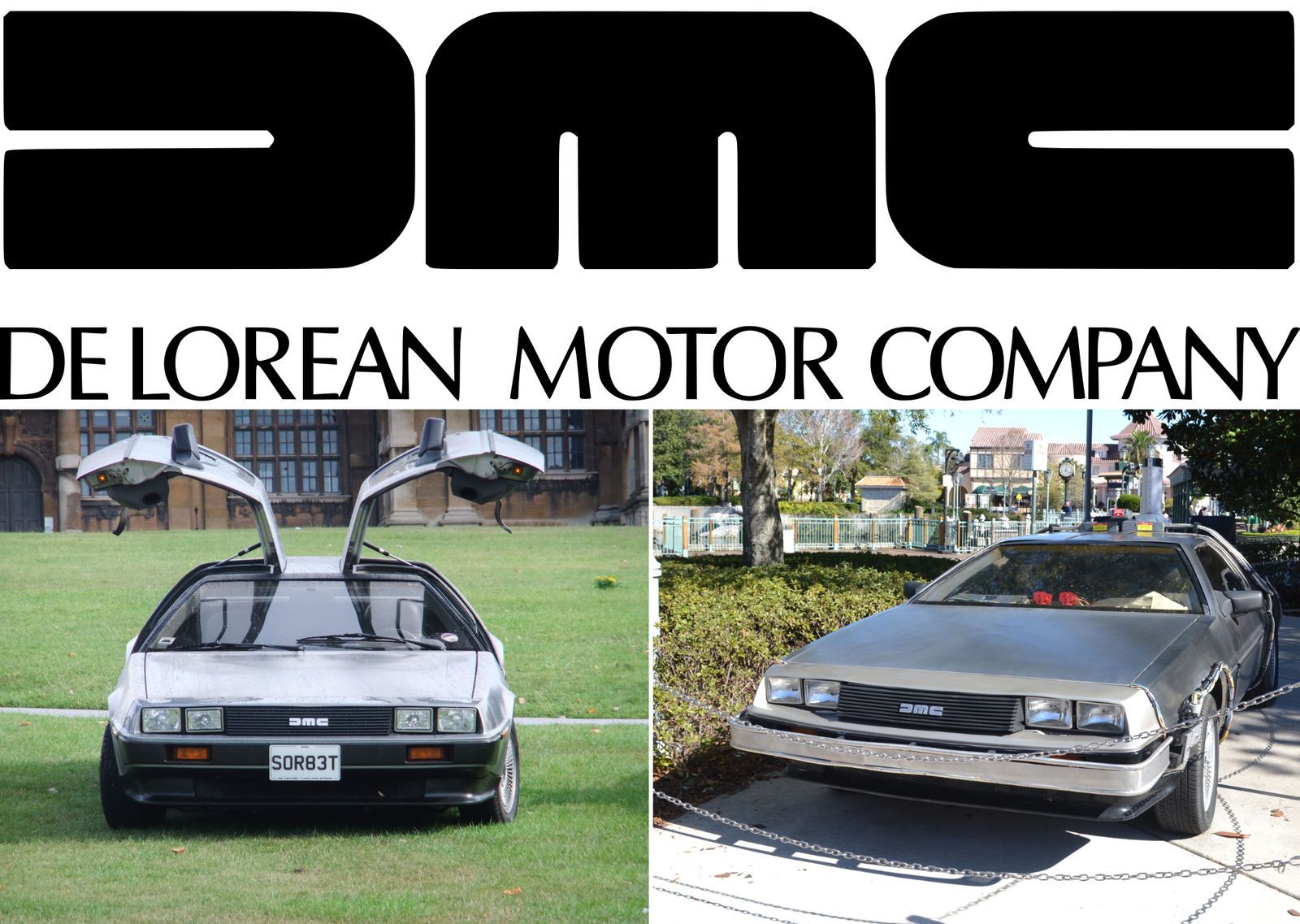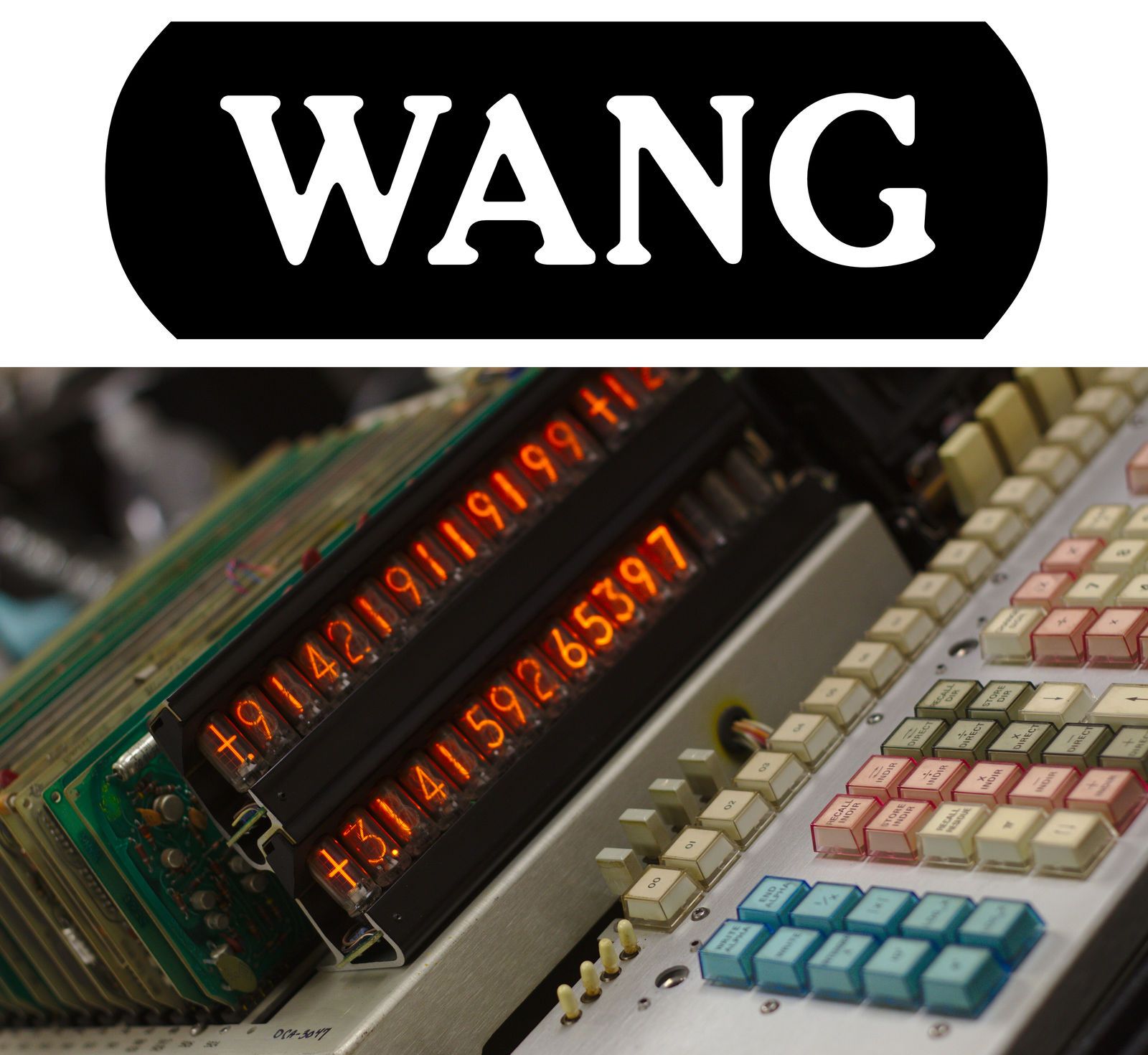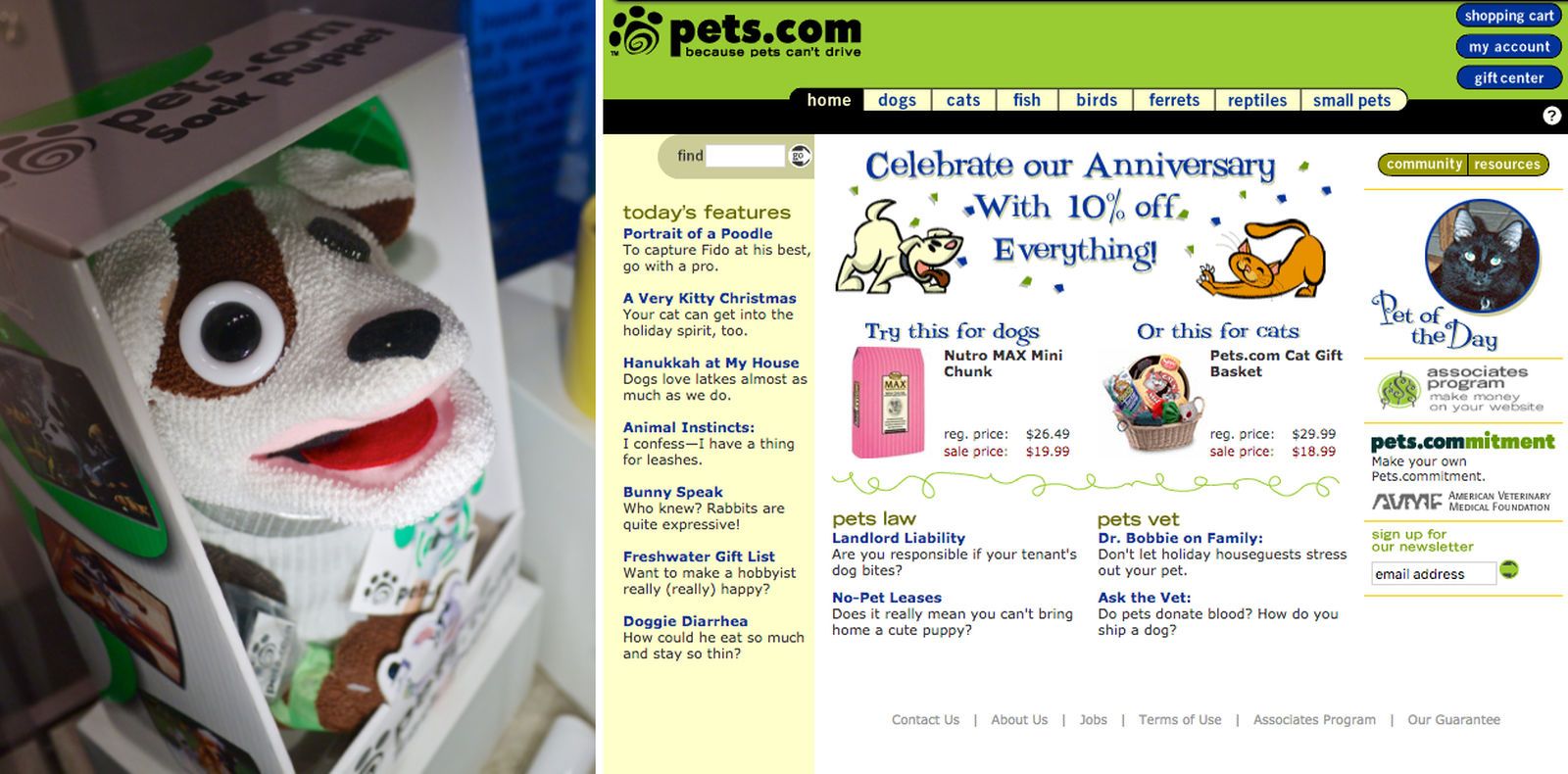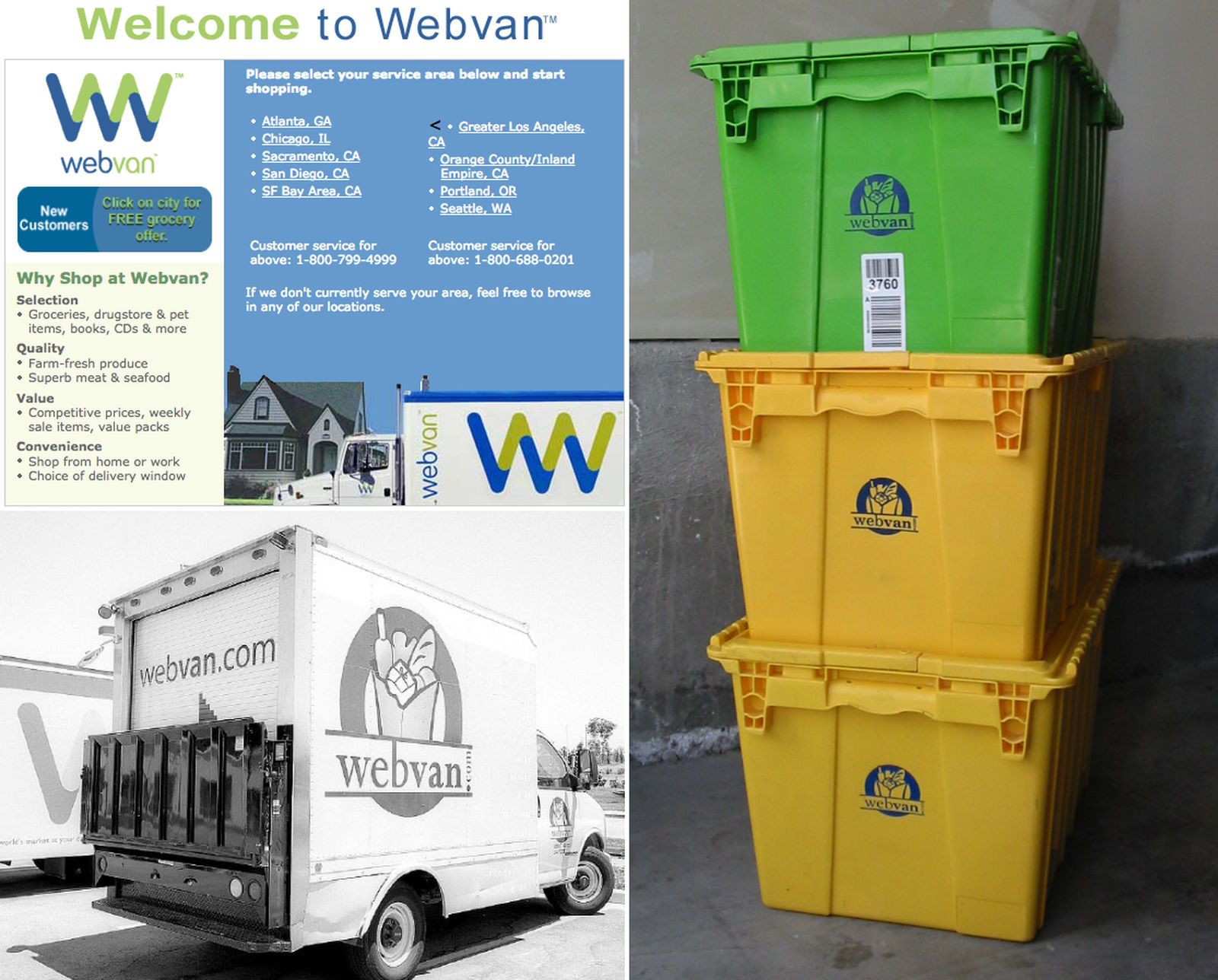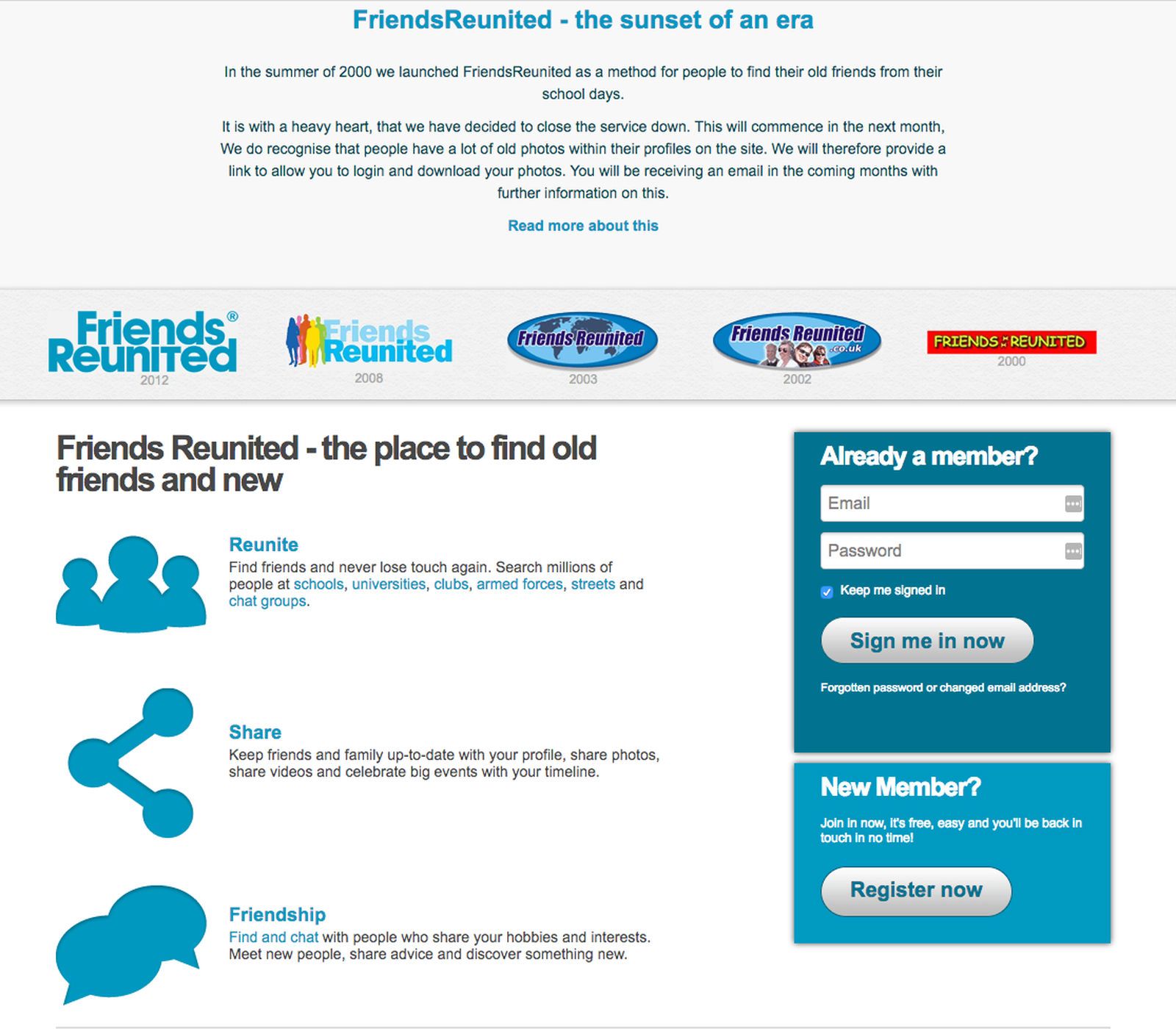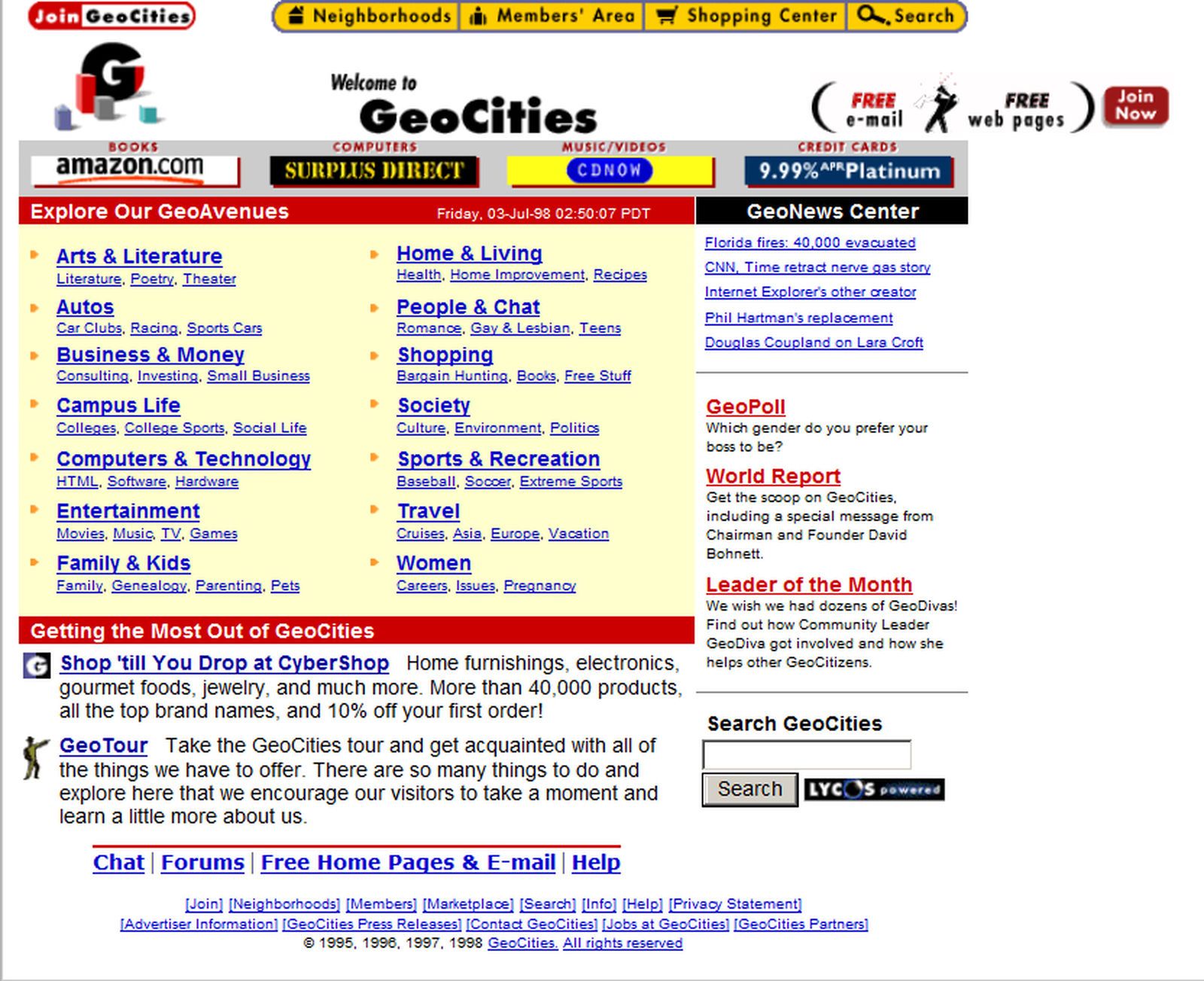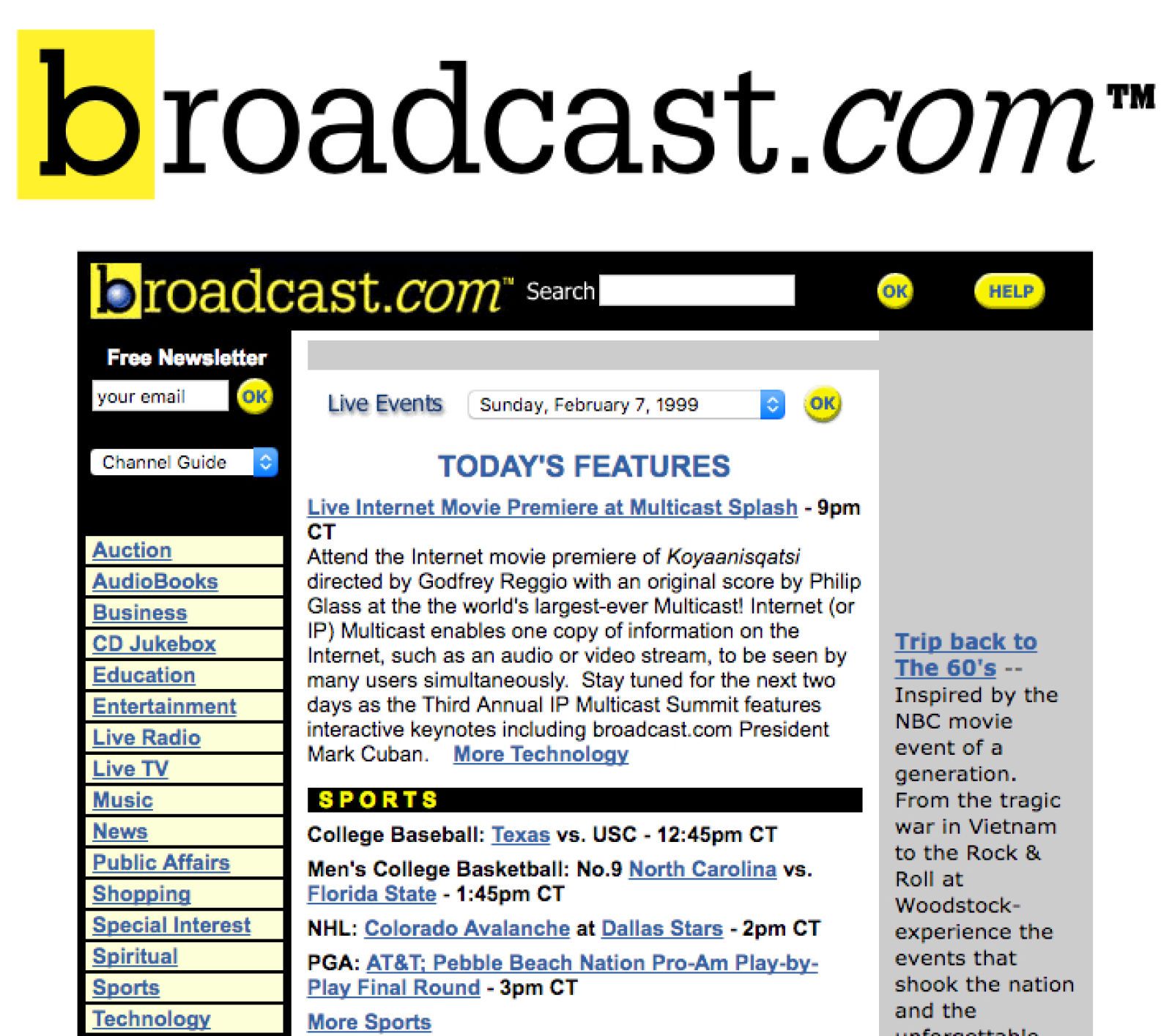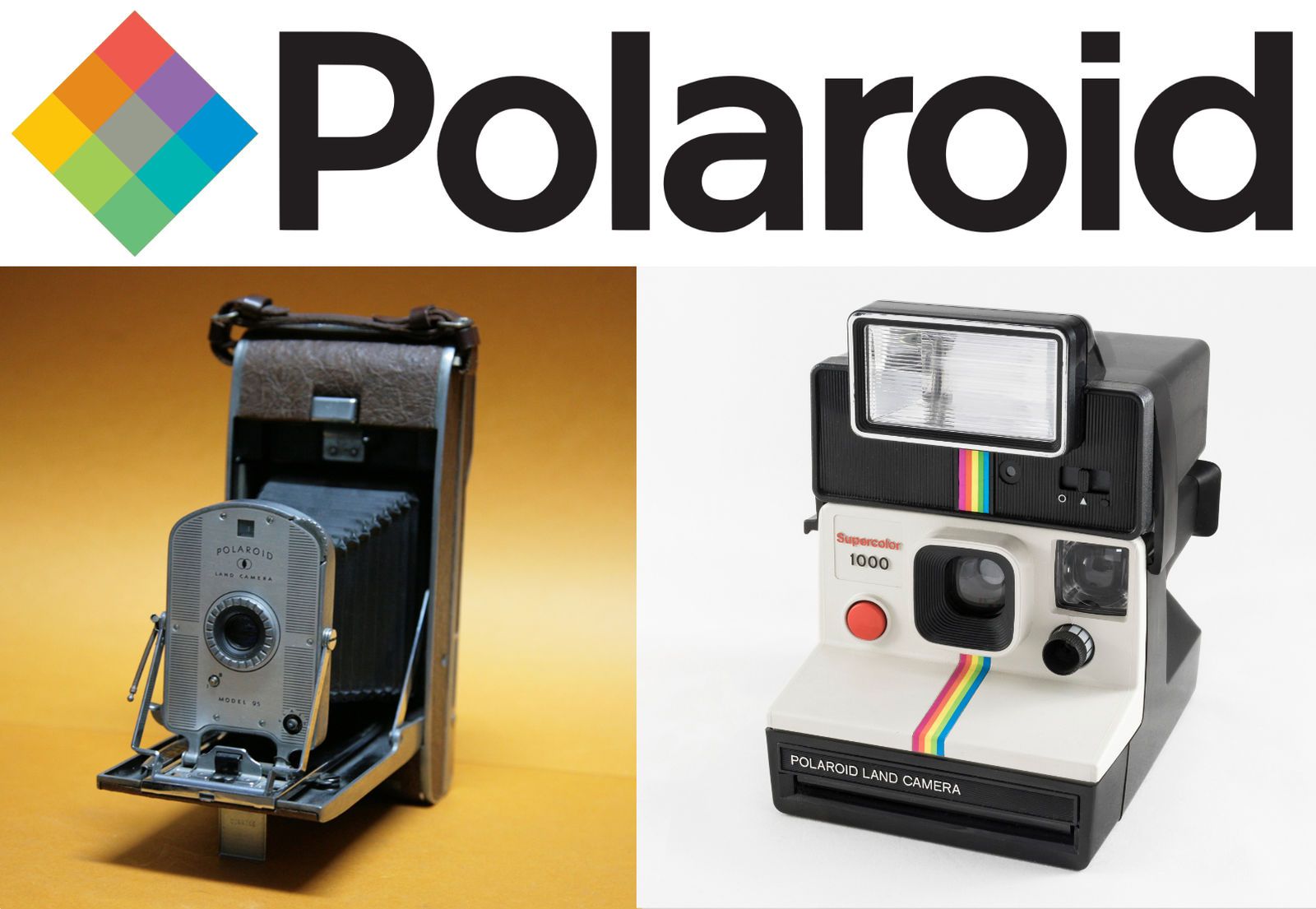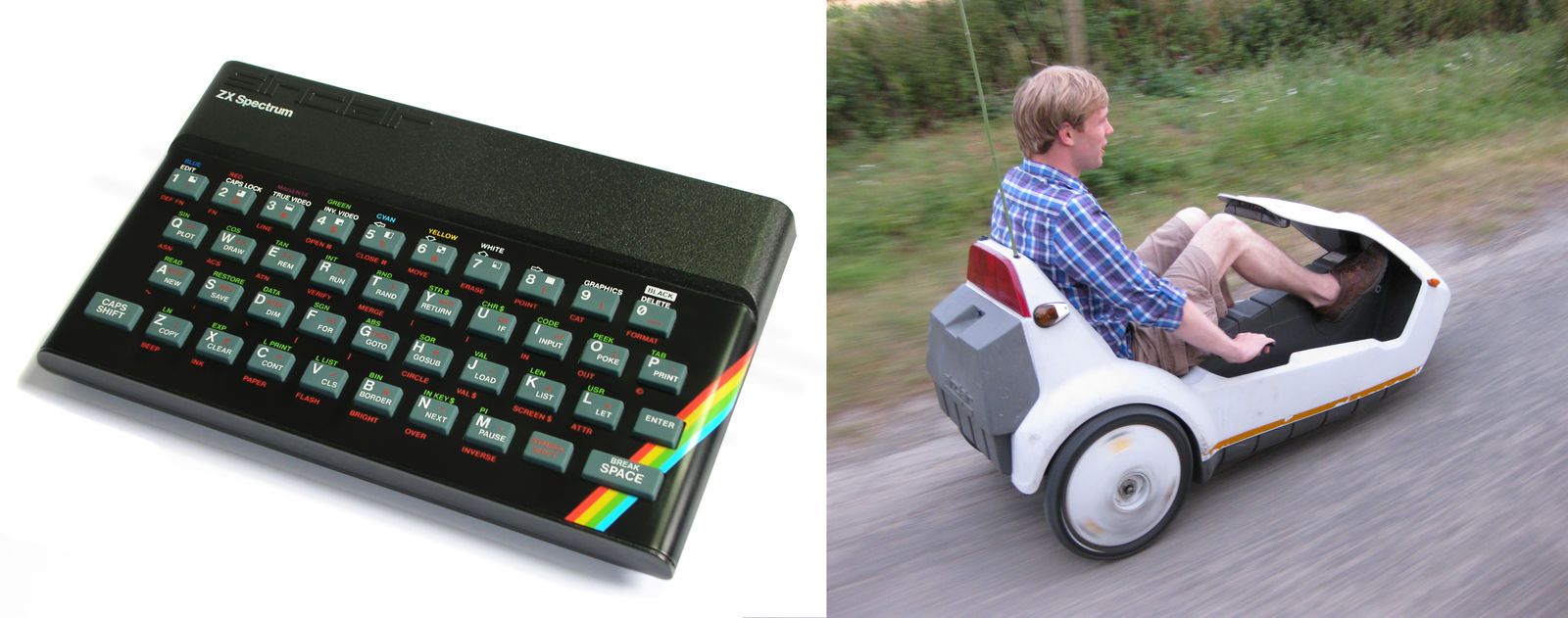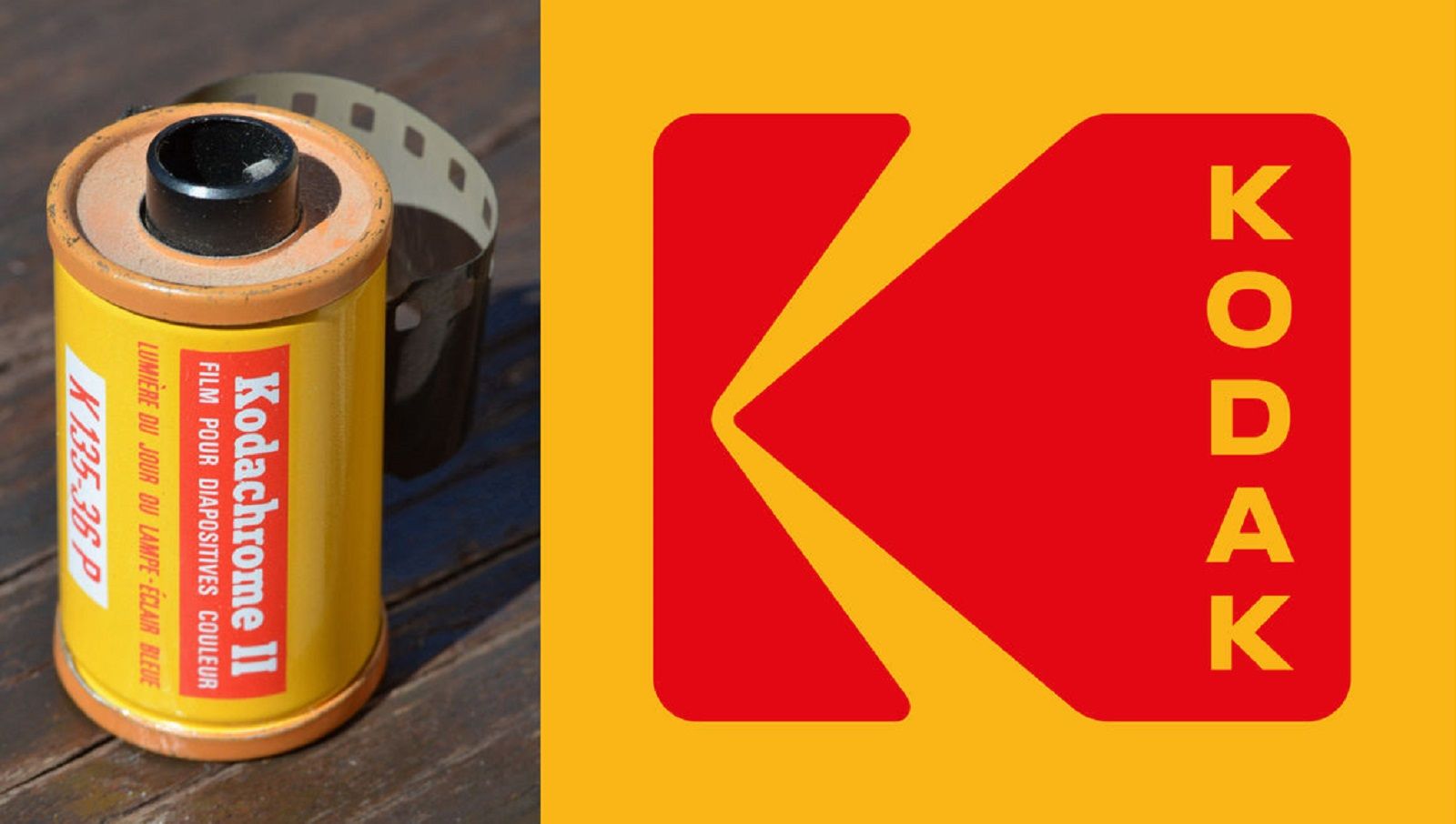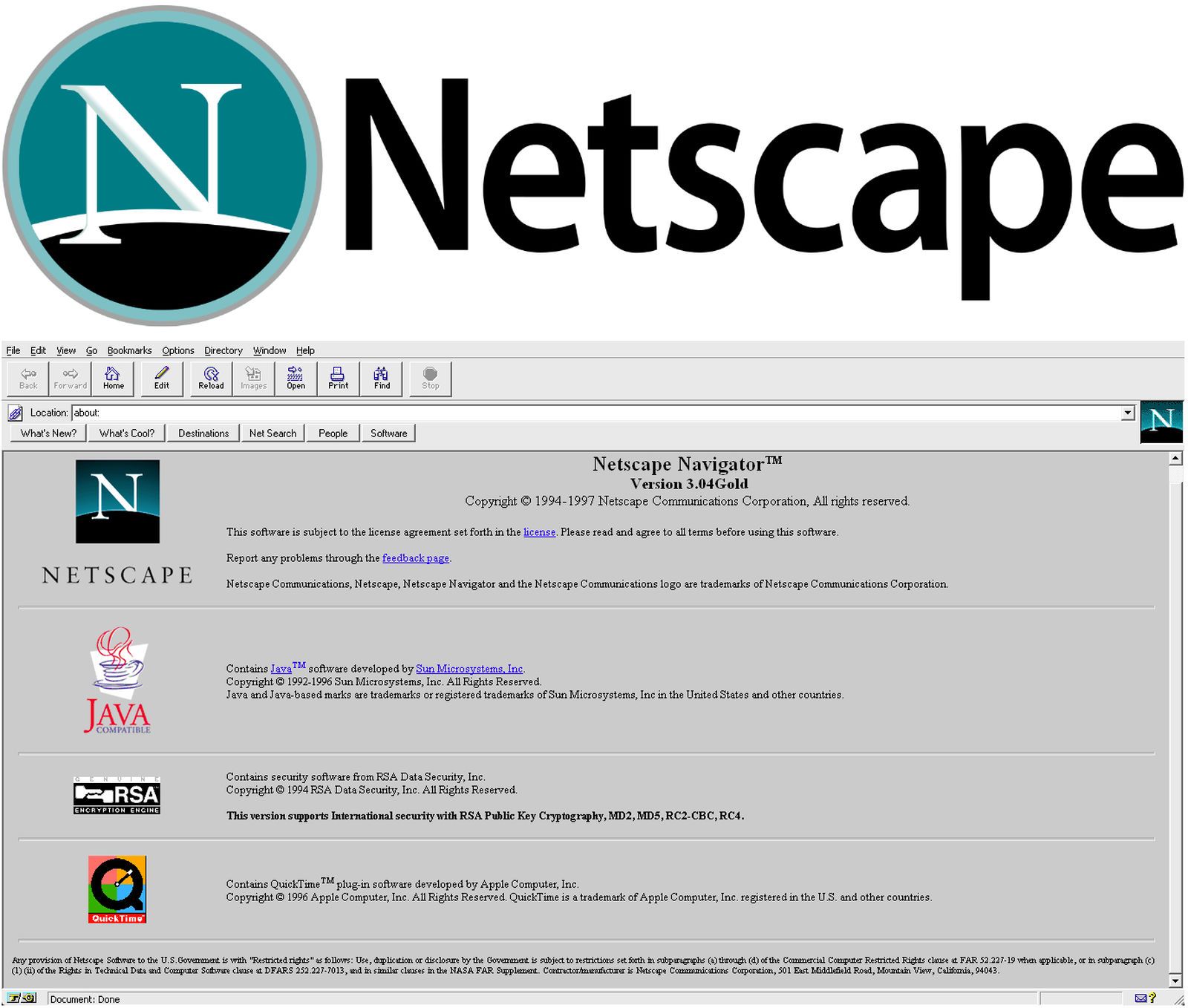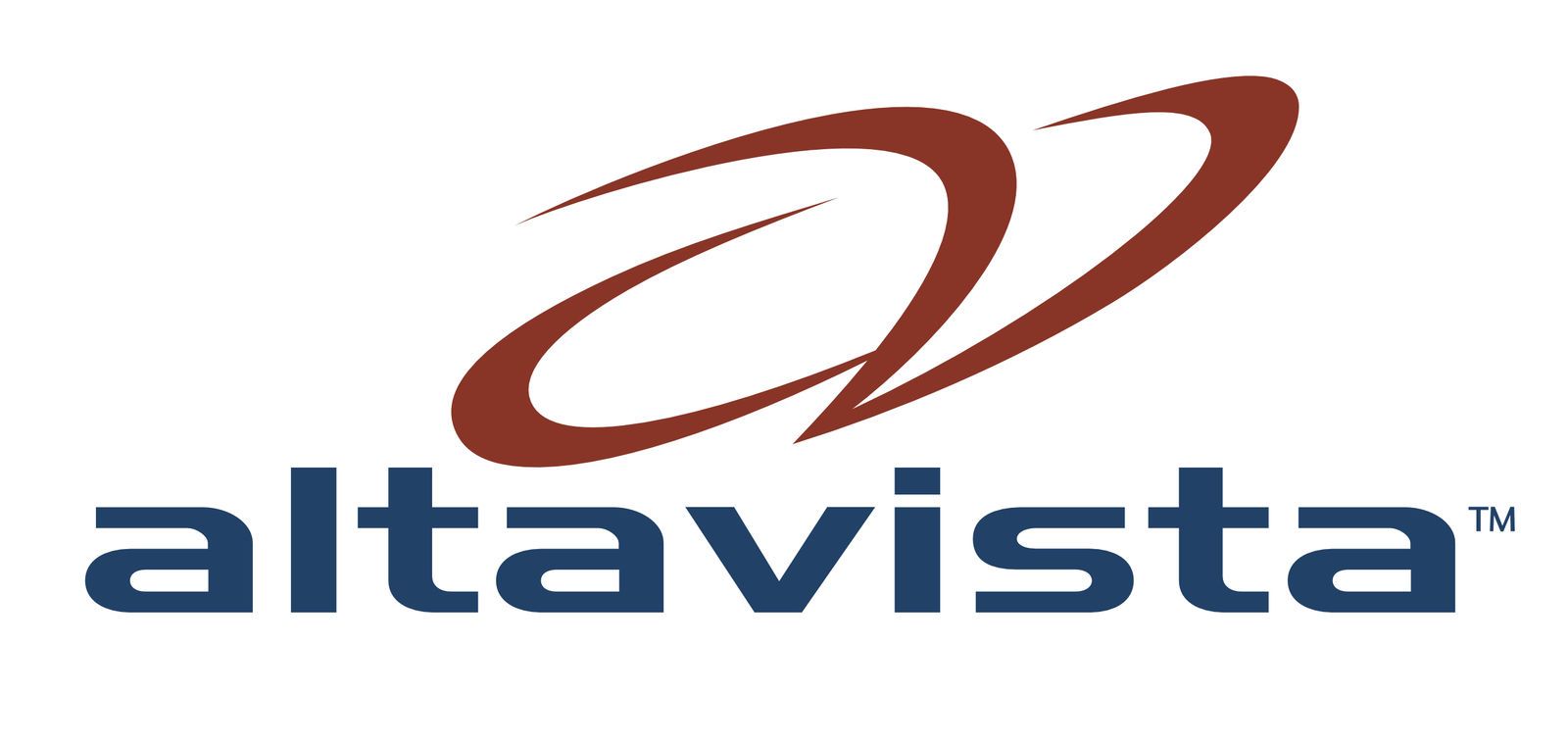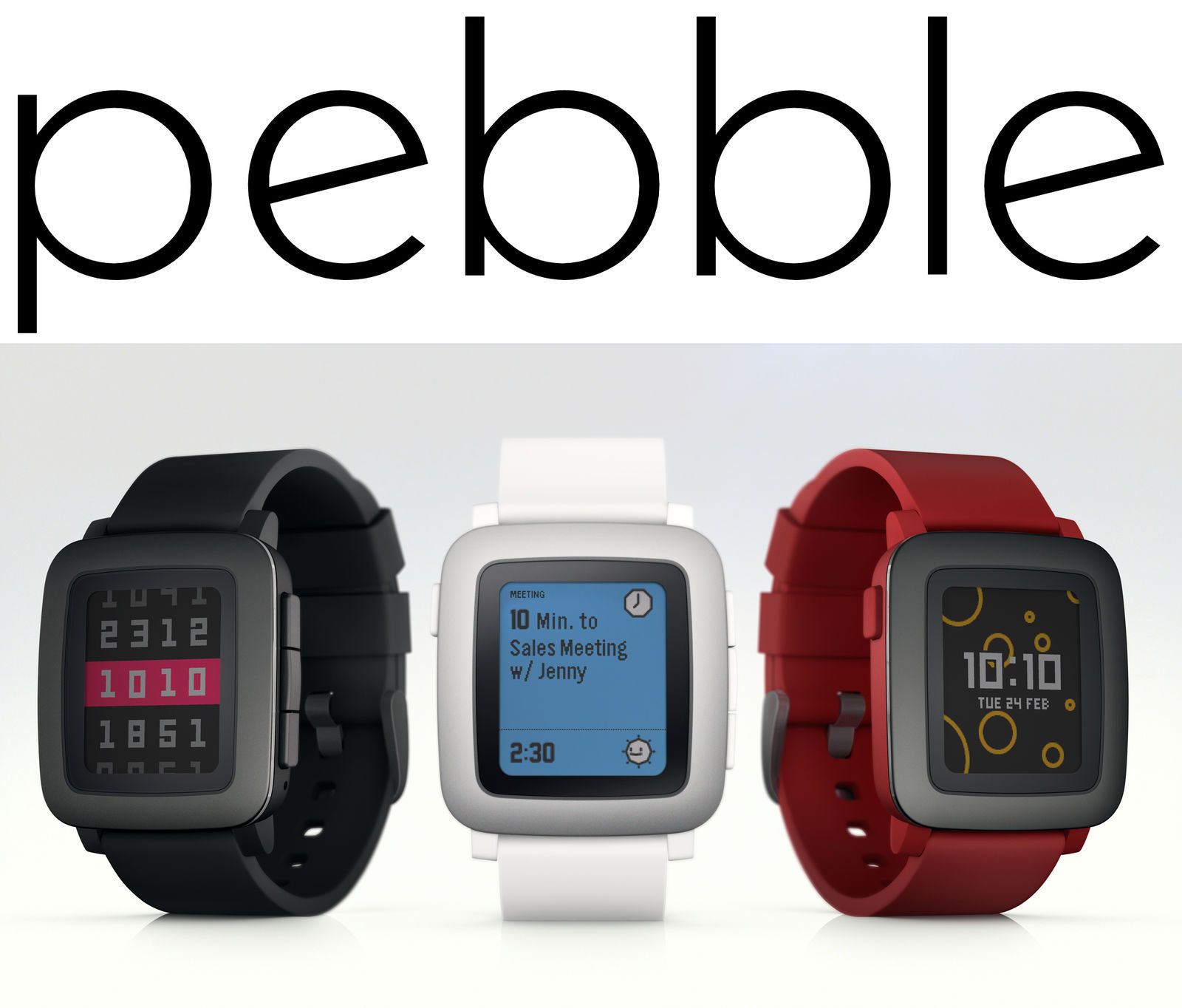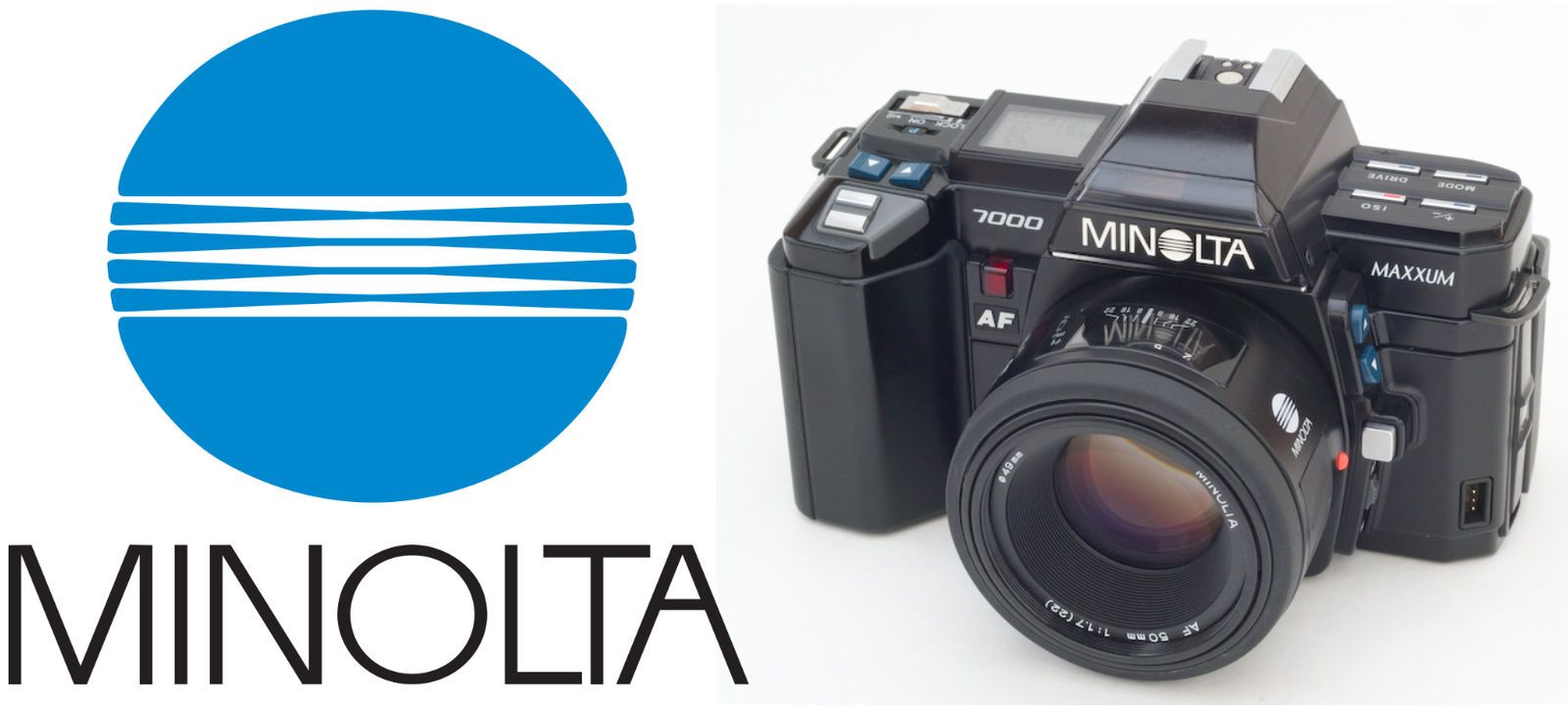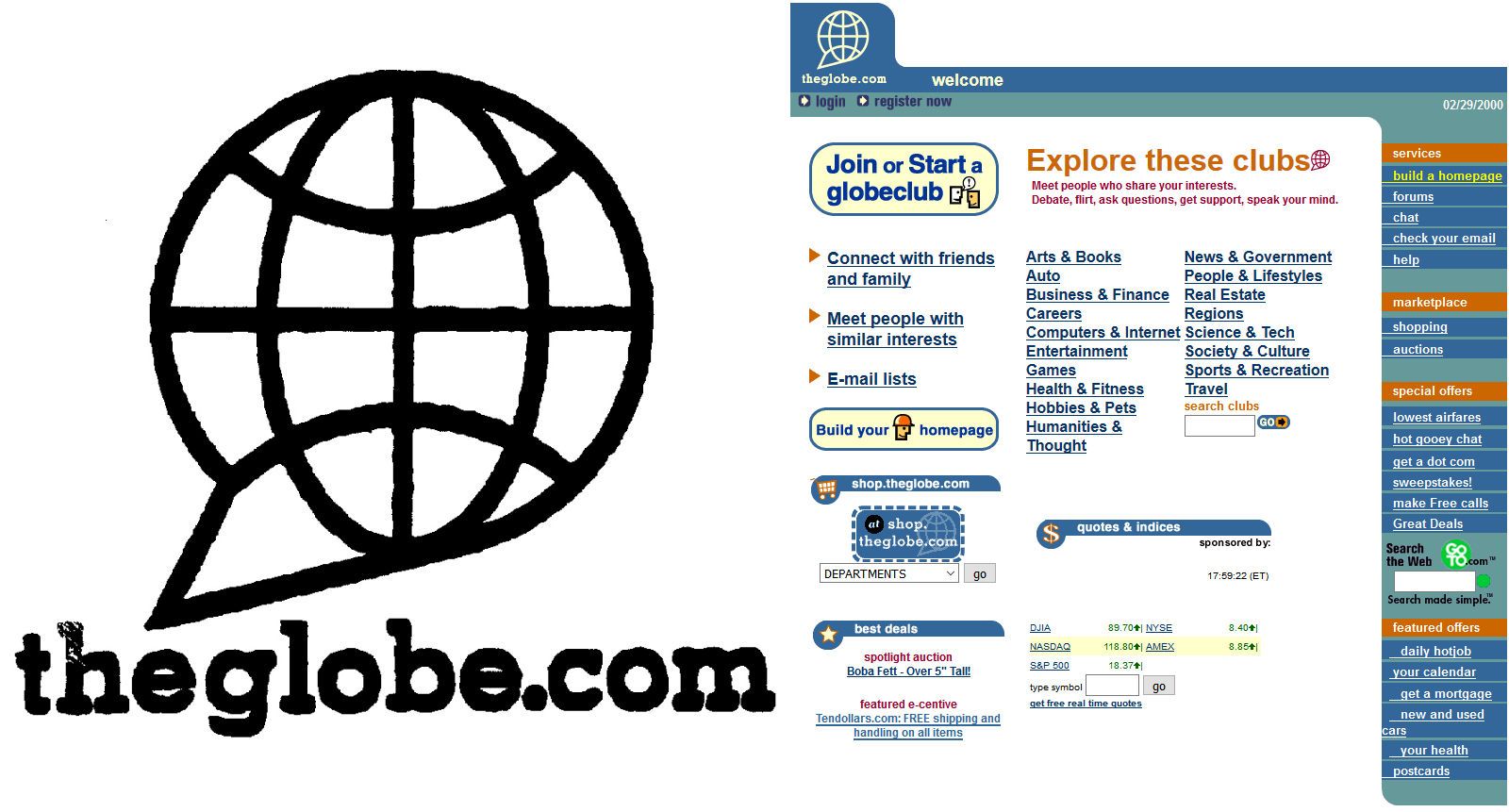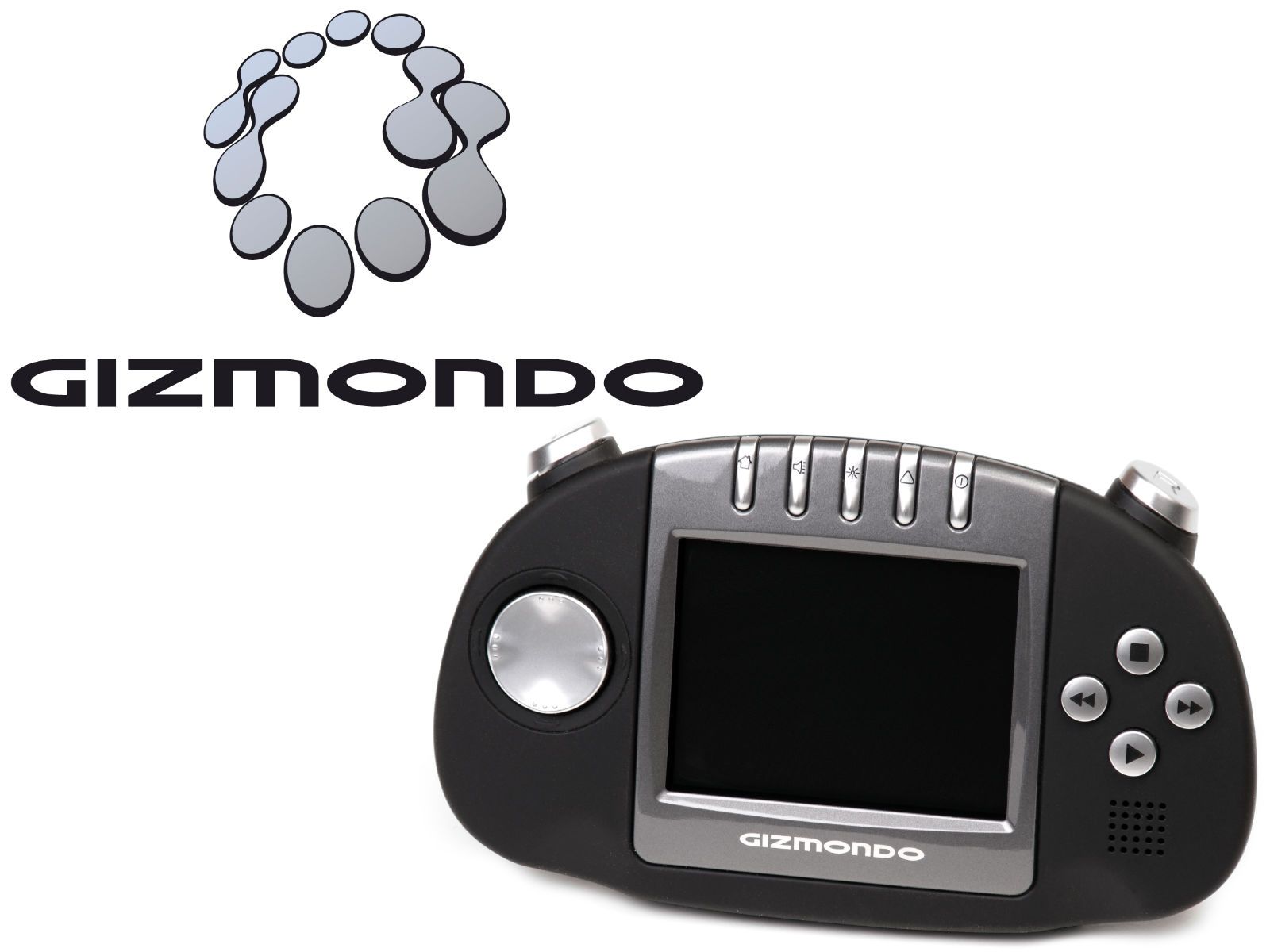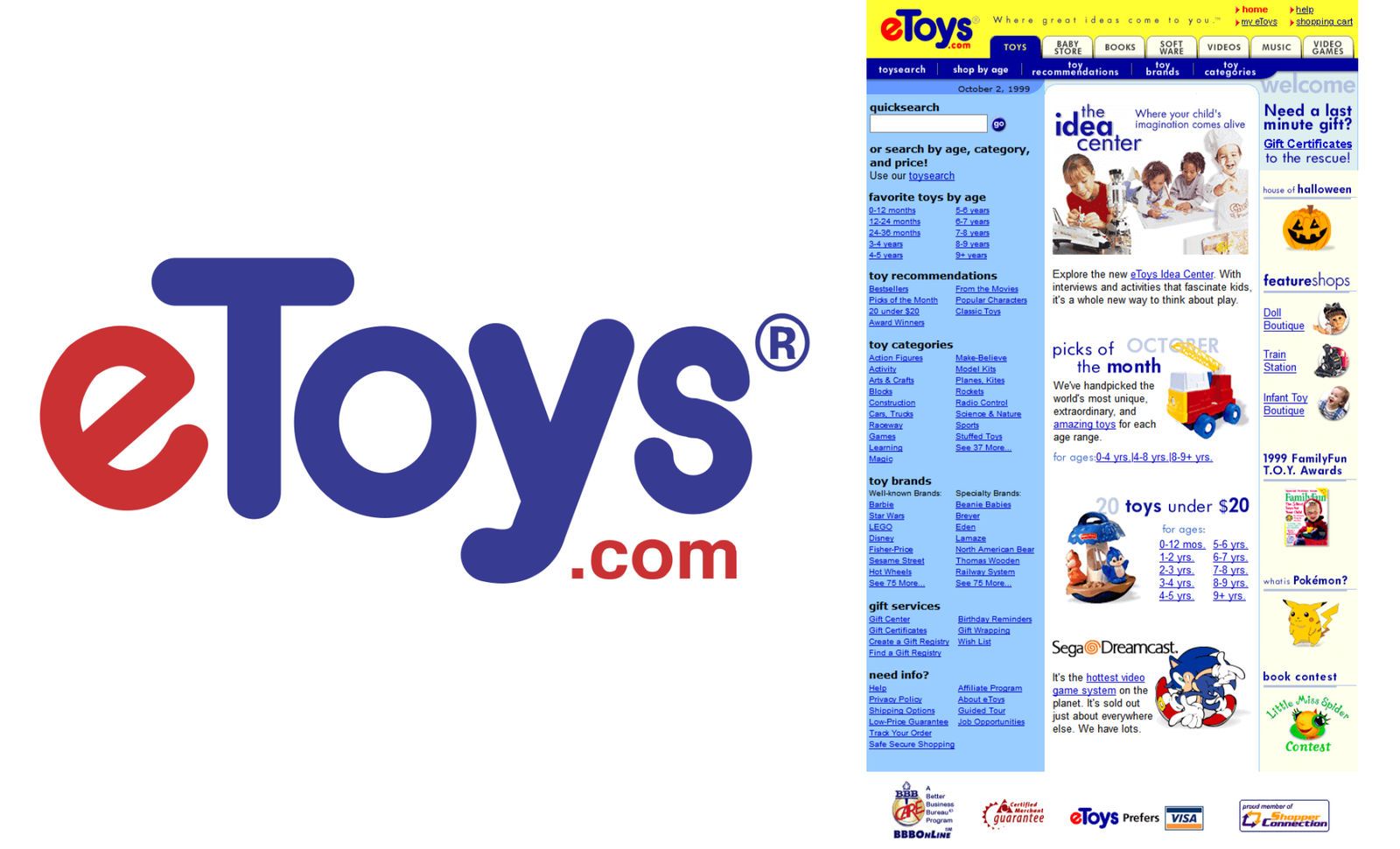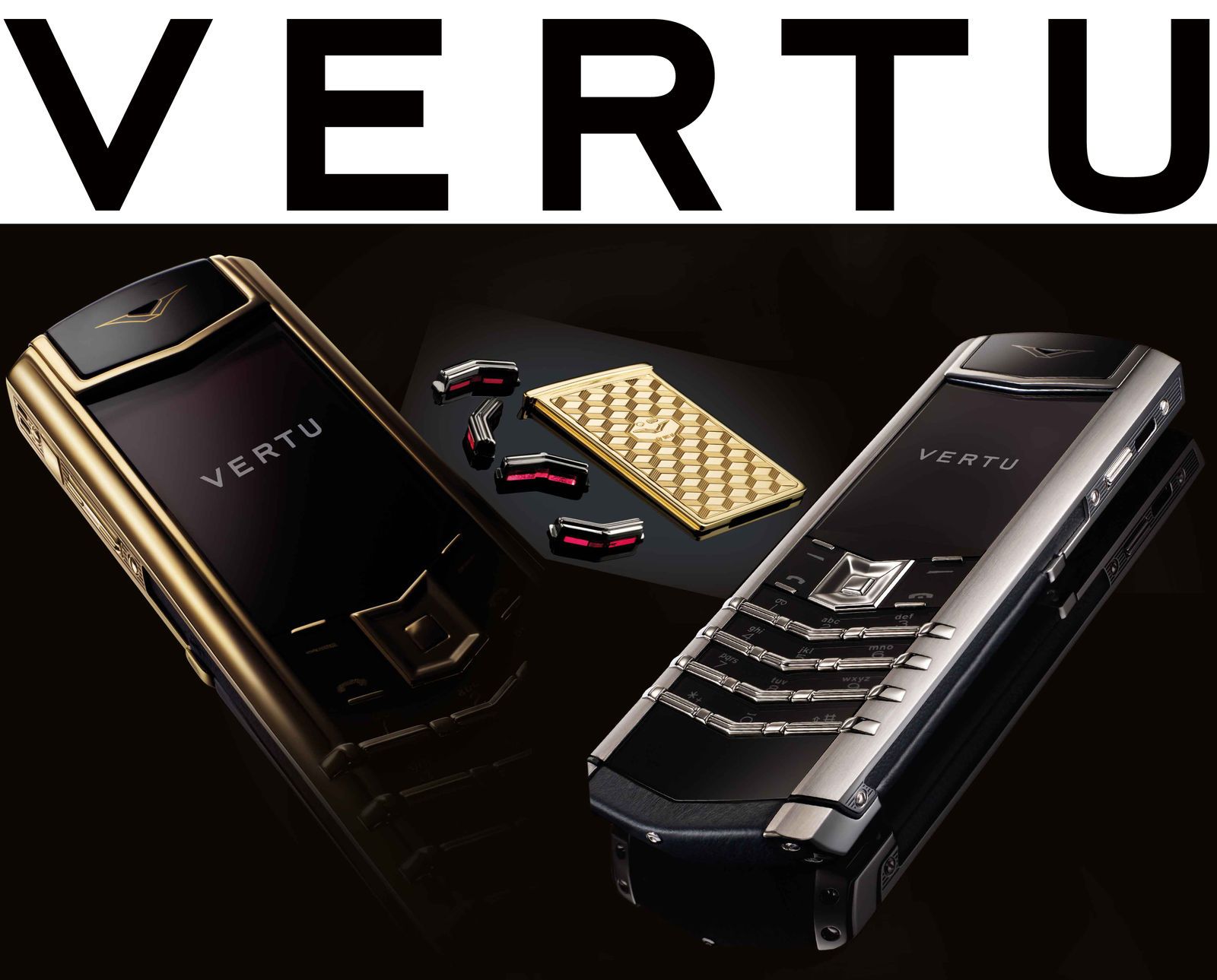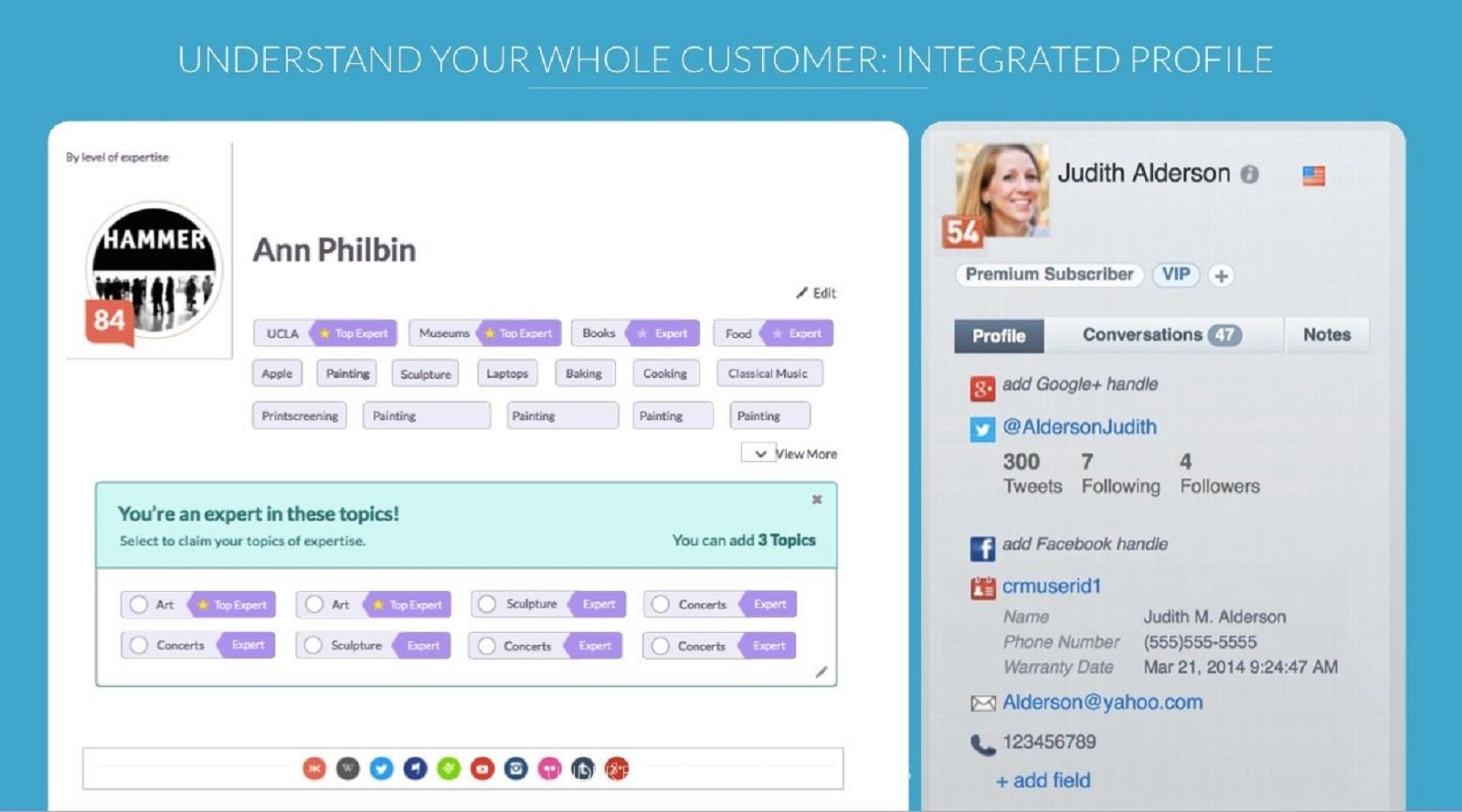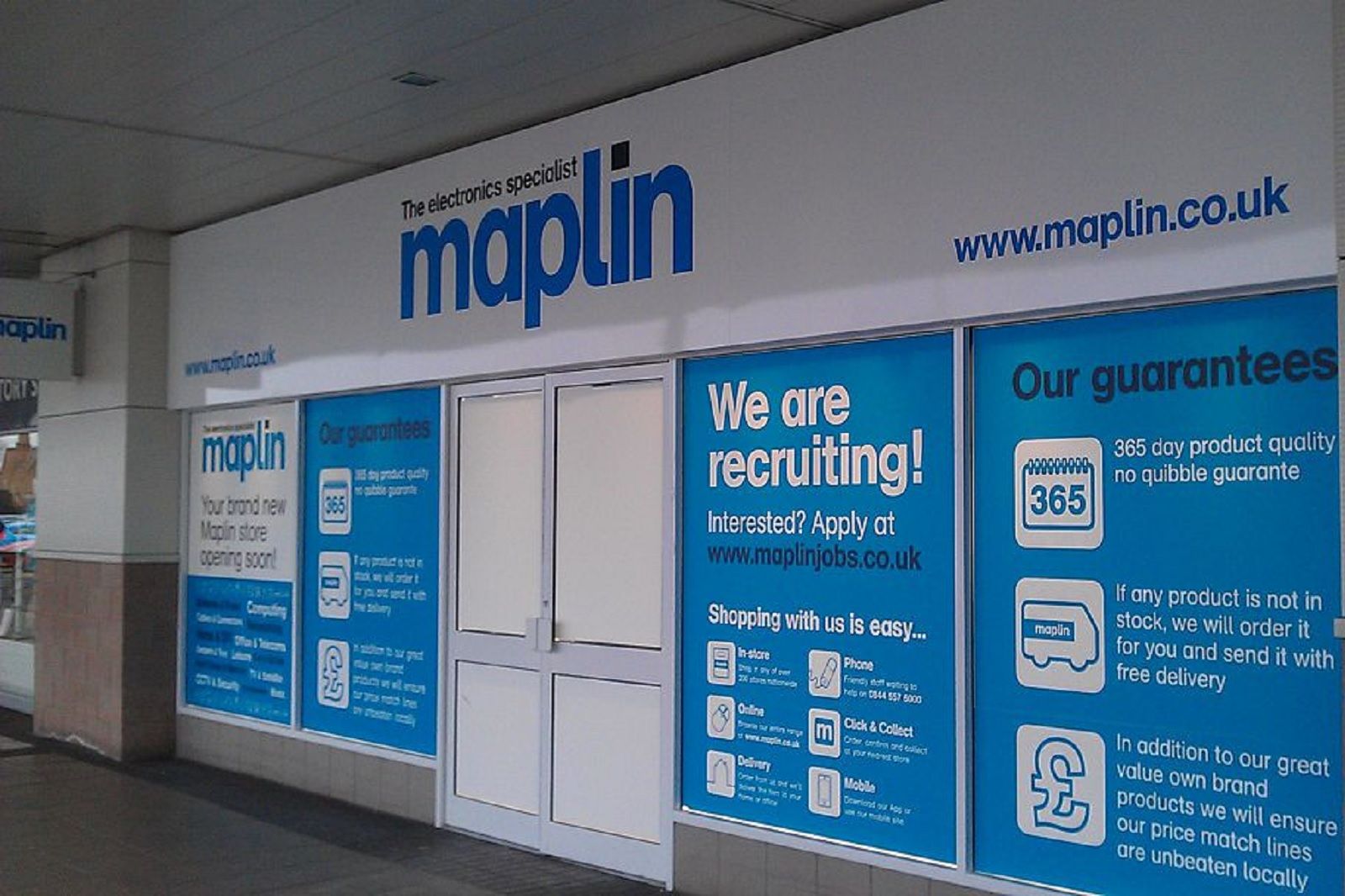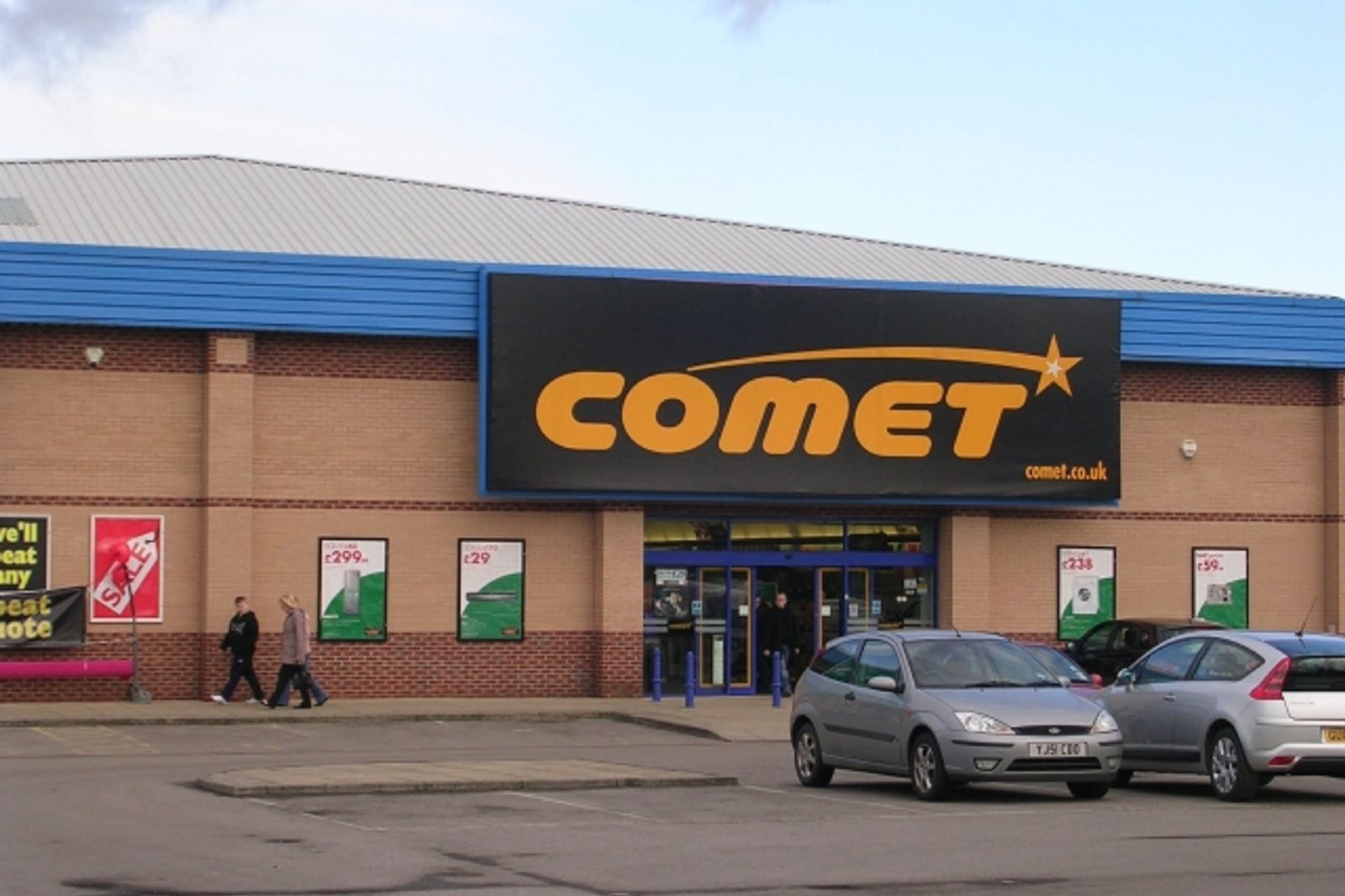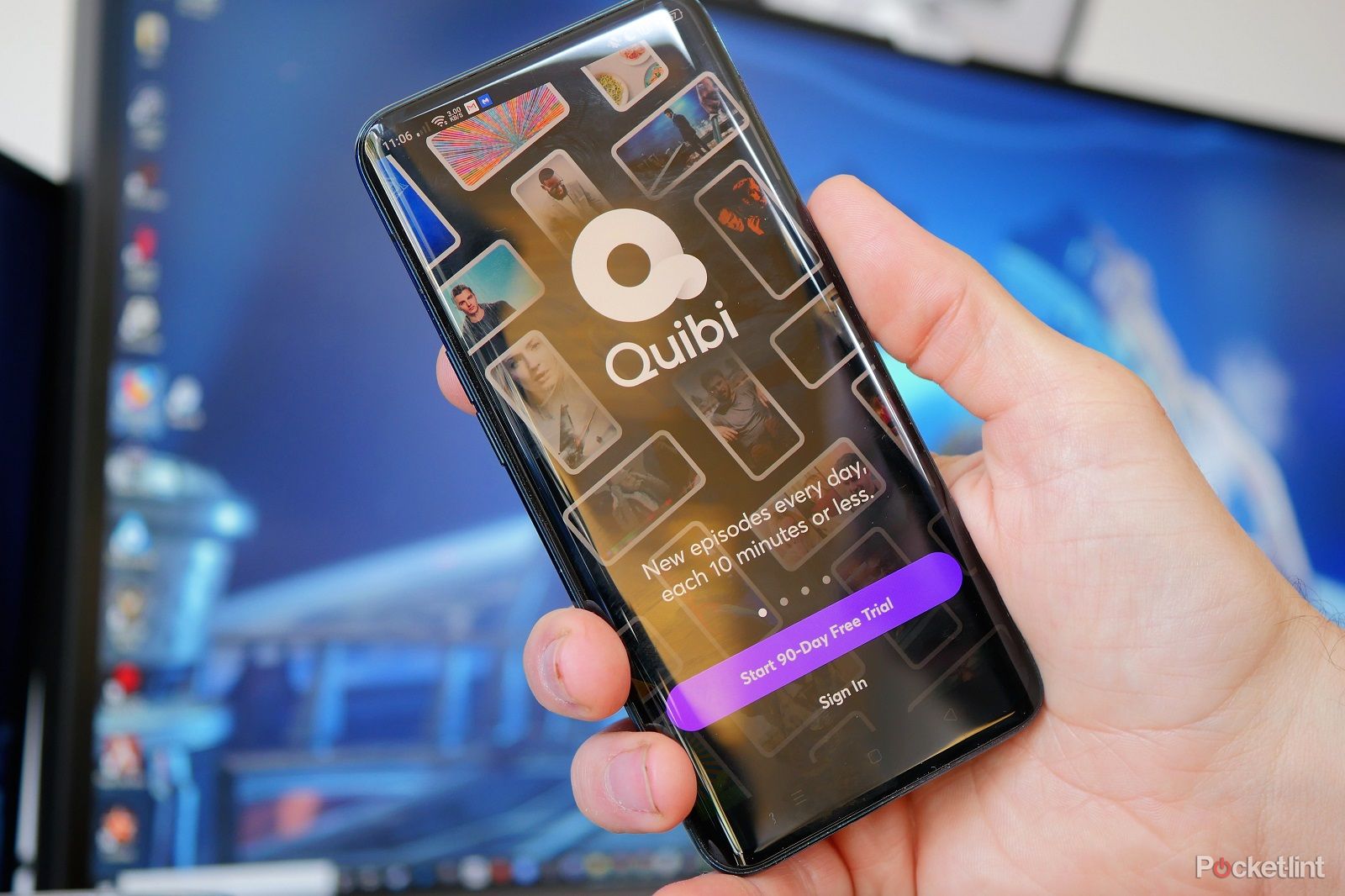Over the years, tech start-ups and giants have come and gone. In the ever-changing world of technology, a company needs to do more than just keep up with the times in order to survive.
We’ve seen even huge companies go bust over the few decades and even the most promising products can end up obsolete in the blink of an eye.
We’ve been through the history books to dig out some of the most interesting companies that have gone under despite being at the forefront of the industry during their heyday.
Blockbuster Video
- Years of Operation: 1985 – 2010
- Fate: Competition from Netflix and other video-on-demand services eventually lead to Blockbuster’s demise. The company was forced to file for bankruptcy in 2010.
- Best known for: Home Movie and Game rental
Blockbuster was an American-based company that offered home movie and video game rental services through brick-and-mortar stores.
It became known worldwide in the 1990s but later suffered at the hands of competition from Netflix and other video-on-demand services.
Blockbuster turned down a sale offer from Netflix for $50 million in the year 2000, but was forced to file for bankruptcy in 2010 after declining sales in the years that followed.
Syquest
- Years of Operation: 1982 – 2009
- Fate: SyQuest struggled in the 1990s due to the popularity of Zip drives and writeable CDs. Sales declined and in 1998 SyQuest filed for bankruptcy in late 1998.
- Best Known for: Removable cartridge data storage
SyQuest was an early manufacturer of hard disk drives for personal computers. The company also produced cartridge disk drives which made it the most popular means for transferring large digital documents to professional printers.
In the late 1990s, SyQuest began to struggle in a market where Zip drives and writeable CDs were gaining popularity and increasing in capacity. Online file transfer via FTP also proved a better system for corporate users and sales of SyQuest products declined. Due to increasing financial losses, SyQuest was forced to file for bankruptcy in 1998.
Iomega
- Years of operation: 1980 – 2013
- Fate: bought by EMC in 2008
- Best known for: the ZIP drive (pictured)
Back in the days when physical media was an important part of the computer world, Iomega was a big name in the industry.
This company manufactured a range of different storage solutions aimed at replacing the humble 3.5-inch floppy disk.
The most well-known of Iomega’s products was the Zip drive – a high-capacity disk storage system that started out with a 100 MB capacity but would later reach dizzying heights of 750 MBs. Like many other storage mediums, the humble Zip drive later suffered at the hands of both CD and DVD resulting in it falling out of favours in the early 2000s.
Iomega attempted to keep afloat by releasing various new products such as MP3 players, external hard drives and NAS devices, but none of them was successful enough.
Despite the troubles, Iomega was bought out by EMC in 2008 for $213 million and then had its products rebranded as LenovoEMC in 2013.
Napster
- Years of Operation: 1999 – 2001
- Fate: Forced to shut in 2001 to comply with a US copyright infringement ruling
Napster was originally founded as a pioneering peer-to-peer file sharing service that allowed users to share digital files, usually songs, over the internet.
It was a ground-breaking service at the time, but the company soon ran into legal difficulties over copyright infringement.
Napster was forced to cease operations and declare bankruptcy. Napster’s brand and logo were eventually acquired by Roxio which rebooted the brand as Napster 2.0.
Later the new Napster was purchased by Best Buy for $121 million and then merged with Rhapsody in 2011. In 2016 the Napster brand was given new life and continues to operate today as a Spotify competitor.
Compaq
- Years of Operation: 1982 – 2013
- Fate: Compaq was acquired for US$25 billion by HP in 2002
- Best Known For: Personal computers
Compaq was originally founded in 1982 and had a primary focus of developing and selling computers and related products.
Compaq was notably the first company to legally reverse engineer the IBM Personal Computer and rose to industry fame in the 1990s becoming the largest supplier of computers during that time.
Compaq struggled to compete with computing giants HP and Dell, suffering especially in the price wars of the time. The company was acquired by HP in 2002 for $25 billion and the brand was used by HP for lower-end systems until being discontinued in 2013.
Boo.com
- Years of Operation: 1999-2000
- Fate: The company spent $135 million of venture capital in just 18 months and it was placed into receivership on 18 May 2000 and liquidated
- Best Known for: Online Fashion and being one of the first spectacular failures of the dot-com boom
Boo.com was a British company that launched in 1999 and sold branded fashion products over the internet. This was one of the first companies to spectacularly fail during the dot-com bust around that time.
Boo.com went out of business while awash with stories of lavish corporate lifestyles and lack of proper management. It has since been cited many times as “a classic example of failed e-commerce strategy” and a warning to other similar businesses that followed.
3DFX interactive
- Years of Operation: 1994 – 2002
- Fate: 3dfx rapidly declined in the late 1990s and was acquired by Nvidia, mostly for intellectual property rights after going bankrupt in 2002.”
- Best known for: Graphics chips
3dfx Interactive was a big name in the gaming world in the 1990s. The company primarily manufactured 3D graphics processing units and then graphics cards the most popular of which were the Voodoo and Voodoo2.
3dfx Interactive suffered in later years and eventually went bankrupt in 2002 when it was acquired by Nvidia for intellectual property rights.
DeLorean Motor Co.
- Years of Operation: 1975-1982
- Fate: Ended in receivership and bankruptcy in 1982.
- Best know for: DMC-12 car (as used in Back To The Future)
The DeLorean Motor Company (DMC) was an automobile company perhaps most well-known for the DeLorean DMC-12 sports car that was featured heavily in the Back To The Future film trilogy.
The company was originally founded by John DeLorean in 1975. John DeLorean was known in the industry as a capable engineer and business innovator.
He also famously heavily relied on the British government for funding the start-up to the sum of around $120 million with the promise of building his manufacturing plants in Northern Ireland. The British government was desperate to help create jobs in Northern Ireland and quell the violence of the time.
Despite the funding and backing, a lack of demand, cost overruns and unfavourable exchange rates eventually began to harm the business. In a desperate attempt to keep the company alive, John DeLorean was even filmed appearing to accept money to take part in drug trafficking and discussing the drug deal with undercover FBI agents. He was later acquitted of all charges, but his business was in tatters and DMC went bankrupt in 1982.
Though the brand still lives on now in the form of an electric vehicle.
Wang Laboratories
- Years of Operation: 1951 – 2008
- Fate: Wang Labs likely failed because it specialised in computers for word processing and did not adapt to the era of general-purpose personal computers in the 1980s.
- Best known for: Word processors and personal computers
Wang Laboratories was originally founded in 1951 but peaked in the 1980s when it had annual revenues in excess of $3 billion and employed over 33,000 people.
Wang Labs main focus was on computers for word processing and it was thoroughly successful when this was what the industry needed.
Later on though, the market for standalone word processing systems collapsed as the personal computer began to take hold. Wang Laboratories failed to adapt and change with the times to realise the threat from personal computers with word processing software. As a result, the company was forced to file for bankruptcy in 1992.
Wang Laboratories was acquired by Getronics then sold to KPN in 2007 and CompuCom in 2008 before basically ceasing to exist as a distinct brand or division after that time.
Pets.com
- Years of Operation: 1998 – 2001
- Fate: The company lost money on most of its sales and as a result had a brief existence becoming another victim of the dot-com bubble.
- Best known For: Online pet supplies
Pets.com was an internet business that sold pet supplies online during the dot-com boom. The company managed to sell well in the beginning due to the attention it initially got, but thanks to weak business fundamentals it lost money on most of those sales. This poor financial management would eventually spell the company’s demise.
Like Boo.com, Pets.com became one of the spectacular failures of the dot-com boom era. Its demise also took with it over $300 million in investment capital the company had managed to acquire during its start-up.
WebVan
- Year of Operation: 1996 – 2001
- Fate: The company lost over $800 million and was forced to shut down in 2001 with 2,000 employees losing their jobs as a result.
- Best known for: Online Grocery delivery business
Webvan was founded in 1996 during the peak of the dot-com bubble. The company was an online grocery business that delivered products directly to customers’ homes. Webvan attempted an aggressive expansion plan aimed at rapid growth across 26 cities which lead to massive spending. The company peaked in 2000 with $178.5 million in sales but had also clocked up a massive $525.4 million in expenditure.
The forced attempt at rapid growth resulted in the business losing well over $800 million forcing it to shut down and declare bankruptcy in 2001 with 2,000 employees losing their jobs. WebVan might have been well ahead of its time with a service that is now successfully performed by Amazon and others.
Kozmo
- Years of Operation: 1998 – 2001
- Fate: Another company to fail after the burst of the dot-com bubble, Kozmo was forced to shut its doors in 2001.
- Best Known For: Online delivery service
Kozmo.com was a venture-capital-funded online business that made bold promises of free one-hour delivery of a multitude of products that included videos, games, DVDs, music and much more. It was ahead of its time but unfortunately failed when the dot-com bubble burst.
Many employees of Kozmo.com only discovered the company’s failure when arriving at their shift to find the front doors locked.
Friends Reunited
- Years of Operation: 1999 – 2016
- Fate: In 2008, the site announced it had lost 47% of unique users in the previous 12 months. In 2016, Friends Reunited closed down after 16 years of operation.
- Best known for: Social Networking
The Friends Reunited site was originally created by a husband and wife team working from home looking to create a social networking website aimed at reuniting old friends, helping people find love and employment. Users were required to pay a yearly fee but then could post information about themselves that was searchable by others.
By 2005, Friends Reunited had become so popular it had over 15 million users and was purchased by British TV company ITV plc for £120 million. Two years later the site made a profit of £22 million but its valuation started to fall dramatically in the months and years that followed. With the rise of Linkedin, Facebook and other free sites, Friends Reunited’s user-base began to decline and in 2016 the site was forced to close.
GeoCities
- Years of Operation: 1994 – 2009 (Yahoo Geocities Japan still exists)
- Fate: In 2009 roughly ten years after GeoCities was purchased by Yahoo! it was shut down despite still having 38 million users.
- Best known for: Early Web Hosting Service
GeoCities was a web hosting service originally founded in 1994.
By 1999 it was the third-most visited website on the planet. It was around this time that GeoCities was purchased by Yahoo! for $3.57 billion. Two years later, GeoCities was failing to turn a profit and officially declared a loss of $8 million for the end of the year.
Yahoo! attempted to implement various changes to improve profits but despite its popularity, GeoCities continued to struggle. In 2009 GeoCities was added to the increasing list of services closed by Yahoo! and users were encouraged to move to the company’s paid hosting service instead.
Broadcast.com
- Years of Operation: 1995 – 2002
- Fate: In 1999, Yahoo! acquired broadcast.com for $5.7 billion then shut the service down three years later.
- Best known for: Internet radio
Broadcast.com was founded in 1995 as an Internet radio company that quickly gained online popularity, so much so that four years later it was acquired by Yahoo! for $5.7 billion.
The site and its services later became a part of Yahoo! Broadcast Services which was later shut down in 2002.
Polaroid
- Years of Operation: 1937 – 2008
- Fate: The Polaroid Corporation was declared bankrupt in 2001 and the “new” Polaroid that came from the ashes was itself declared bankrupt in 2008.
- Best known for: Instant Cameras
Polaroid was an American company originally founded in 1937 and best known for its instant film and cameras. At its peak, the company employed 21,000 people and made $3 billion in revenue.
During World War II, the company designed several innovative products for the allied forces including an infrared night viewing device but it was the company’s instant film cameras originally released in the 1950s and 1960s that truly made its name.
In later years, the rise of new technologies would change the world of photography. New developments such as one-hour film processing, camcorders and, perhaps most significantly, digital cameras would lead to a decline in the fascination with instant cameras. As a result, the company filed for bankruptcy in 2001. A new company would rise from the ashes but it too declared bankruptcy in 2008. But then again Polaroid reappeared with speakers and more instant cameras.
Sinclair
- Years of Operation: 1973 – Present (one man company now)
- Fate: Sinclair saw various successes and failures over the years. Due to financial difficulties in 1985, the company so its rights to Amstrad. Sinclair Research Ltd still exists as a one-man company.
- Best known for: ZX Spectrum / C5 Electric Vehicle
Sinclair is a consumer electronics company originally established in 1973. The company would have many different names over the years, but it was during the 1980s that the ZX Spectrum was released and would turn Sinclair into a household name. The UK’s best-selling computer of the time, the ZX Spectrum would take the company to dizzying heights of success.
Despite this, financial troubles in the 1980s would lead the company to sell its entire computer product range and the “Sinclair” brand name to Amstrad for £5 million in 1986.
The company continued to exist but with increasing losses the future looked uncertain and by 1997 the only employee was Clive Sinclair himself. Various inventions and devices followed over the years including the C5 Electric Vehicle and the X-1.
Kodak
- Years of Operation: 1888 – present
- Fate: In 2012, Kodak filed for bankruptcy and ould stop making digital cameras, pocket video cameras and digital picture frames and focus on the corporate digital imaging market. Later Kodak sold many of its patents to different companies including Apple, Google, Facebook, and more.
- Best Known For: Film and Cameras
Kodak is likely one of the most well-known and oldest companies on this list of businesses to fail. It was originally founded in 1888 and during the 20th century, it managed to become the dominant name in the photographic industry.
Kodak, unfortunately, failed to keep up with the times of digital photography and began to struggle financially in the 1990s. Despite various attempts to change business model profits continued to suffer and in 2012 the company was forced to file for bankruptcy.
Kodak then sold the majority of its patents to Apple, Google, Facebook and more for $525,000,000. It then emerged from bankruptcy to continue business in packaging, printing, graphic communications and professional services.
Netscape
- Years of Operation: 1994 – 1999
- Fate: Netscape was acquired by AOL but released all the source code for its browser beforehand and created the Mozilla Organization that would later go on to release Firefox. Netscape was discontinued as a browser in 2008 but the brand continued to exist and is currently a non-operating subsidiary of Facebook.
- Best known for: Internet Browser
Netscape was one of the first and perhaps most popular browsers of the early days of the world wide web.
In its peak, during the mid-1990s the browser had a 90 per cent market share but would later lose out to Microsoft’s Internet Explorer. By 2006 Netscape had just one per cent share of the market.
Netscape was acquired by AOL where development continued until 2007, but it then ceased to exist. The Netscape brand though continued to exist in one form or another and is currently a non-operating subsidiary of Facebook.
AltaVista
- Years of Operation: 1995 – 2013
- Fate: AltaVista was one of the most popular search engines in the early days, so much so that it was purchased by Yahoo! in 2003 but would be closed in 2013.
- Best Know For: Search Engine
AltaVista was a search engine established in 1995 that would later become one of the most popular search engines of the time.
In later years though, like other search engines, it lost out to the mite of Google and despite being acquired by Yahoo! in 2003 it was forced to close in 2013.
Palm
- Years of Operation: 1992 – 2011
- Fate: In 2010, Palm was purchased by HP but in 2011 poor sales would force HP to end production of Palm products and the brand.
- Best known for: Handheld devices
Palm, Inc was a company that focussed on the production of personal digital assistants (PDAs) and other electronic devices. The brand is known for the development of the first PDA and the first versions of webOS a multitasking operating system for smartphones.
In 2010, Palm was purchased by HP for $1.2 billion. HP would continue to create a line of WebOS products but without the Plam name. After poor sales, HP ended production of Palm products and the brand as a whole in 2011, putting an end to the 19-year history.
Pebble
- Years of Operation: 2012 – 2016
- Fate: In 2016, Pebble was forced to shut down and refunded Kickstarter backers due to financial issues. Pebble’s intellectual property was later purchased by Fitbit who also hired some of the Pebble staff.
- Best known for: Smartwatches
Pebble first made waves online in 2012 by becoming the most-funded Kickstarter campaign of the time. The company managed to raise $10.3 million for its first smartwatch product.
It then began selling in earnest in 2013 and sold out within a matter of days. By 2014 Pebble had sold a million products and in 2015 it would launch two new smartwatches, again breaking Kickstarter records by raising $20.3 million from over 75,000 backers.
Despite this success, Pebble struggled financially and was forced to refund backers. In 2016 the company was forced to close entirely. Its intellectual property was later purchased by Fitbit, employees also moved across but the Pebble brand would cease to exist.
Minolta
- Years of Operation: 1928 – 2006 (when it stopped selling cameras)
- Fate: In 2003, Minolta merged with Konica Corporation to form Konica Minolta. In 2006, the company sold a portion of its SLR camera business to Sony and pulled out of the cameras and photographic film business altogether.
- Best Known For: Cameras
Minolta was a Japanese manufacturer of cameras and related accessories. The company was originally founded in 1928 and is best known for making the first integrated autofocus 35mm SLR camera. In its heyday, Minolta was viewed as one of the most innovative camera manufacturers on the planet. Especially around the period between the 1950s and 1980s. In later years though, the company would struggle.
In 1991, Minolta’s autofocus SLR design was found to infringe Honeywell’s patents and litigation cost the company $127.6 million in damages and legal expenses. A few years later in 2003, Minolta merged with Konica to become Konica Minolta Ltd. The new company took too long to enter the digital SLR market and keep up with the times. As a result, the business suffered and in 2006 Konica Minolta announced that it was leaving the camera and photo business – selling a portion of its SLR camera business to Sony. The company continues in other guises, but its name is the camera industry is mostly history.
The Globe.com
- Years of Operation: 1994 – 2008
- Fate: In 1999 the dot-com bubble claimed a new victim and theGlobe.com’s stock price suffered badly. By 2000, the company had failed to turn a profit and was forced to close its flagship site and lay off most of its workforce.
- Best known for: Early Social Networking
TheGlobe.com was a social networking service set up in 1994. The company made headlines by going public and posting the largest first-day gains of any IPO in history up to that date.
During the heyday of the dot-com bubble, theGlobe.com did exceedingly well and expanded with moves to buy Computer Games magazine, Chips and Bits and more.
The company also gained exposure when one of the founders was caught having a crazy night on the town – pictured shown in shiny leather pants dancing on a nightclub table. He was later dubbed “the CEO in the plastic pants” and used to highlight the excesses of the dot-com millionaires of the time. Shortly afterwards the market began to change and share prices fell rapidly.
The company was hit by a number of lawsuits including actions for sending unsolicited spam emails, six putative shareholder class action lawsuits, a patent infringement suit and more. The result of these actions was the end of theGlobe.com in 2008.
Gizmondo
- Years of operation: 2005 – 2006
- Fate: Before its launch, the Gizmondo had high expectations and was thought capable of competing against Nintendo and Sony. In the end, it was an utter failure. With less than 25,000 units sold, it was named by GamePro as the worst selling handheld console in history. In 2006, the company filed for bankruptcy. During its time it had racked up over $300 million in debt.
- Best Known For: Handheld Games Console
The Gizmondo was a handheld gaming console that was originally planned for release in 2005. This games console was expected to do extremely well and boasted many features that made it high-end for the time. It was expected to be capable of competing with Sony and Nintendo at a time when those companies dominated the market.
Before the launch, the company extravagantly spent millions on promotion and marketing but the device launched to very few sales with just 25,000 units sold. The result was a massive flop, with the Gizmondo being named “the worst selling handheld console in history”.
The directors and executives were also shown to have ties to the Swedish mafia or to have criminal pasts. These findings marred the company name further and it was forced to file for bankruptcy after racking up over $300 million in debt.
etoys.com
- Years of Operation: 1997 – 2009
- Fate: The company went bankrupt in 2001 but the domain etoys.com lived on and is now owned by Toys “R” Us.
- Best Known For: Online Toy Seller
eToys.com was a retail company selling toys online. Originally established in 1997 the company went public in 1999 and shot up in value in the period that followed thanks to being part of the dot-com frenzy.
Like other companies of the time, etoys.com suffered when the bubble burst and was forced into bankruptcy in 2001. After that, KB Toys acquired the rest of the company’s assets for $5 million.
The domain has changed hands several times since and is now owned by Toys “R” Us.
Vertu
- Years of Operation: 1998 – 2017
- Fate: In 2017, the company collapsed leaving its residual staff of 200 unpaid and unemployed.
- Best Known For: Ultra Luxury Mobile Phones
Vertu was launched in 1998 and was a British manufacturer of luxury handmade mobile phones. It was originally founded by Nokia but was headquartered in Hampshire, England. The idea was to market phones specifically as fashion accessories with an emphasis on craftsmanship and style rather than functionality.
Vertu launched its flagship model in 2003 with a phone that had a keypad containing 5 carats of ruby bearings. Later in 2010, the company launched its first smartphone with sapphire sculpted keys that cost between £5,000 and £17,300 depending on the custom options.
The devices were often seen as technologically lacking and not much more than bling. Despite this, the company managed to acquire around 350,000 customers by 2013 and its devices were on sale in hundreds of outlets. Later the company went out of business after plans to save it failed and it closed its doors in 2017 leaving 200 staff unpaid and unemployed.
Klout
- Years of Operation: 2008 – 2018
- Fate: The social media influence platform ceased existing in 2018 after being acquired by Lithium in 2014. That company launched its own service and no longer saw the need to keep Klout running.
- Best Known For: A tool for measuring your social media reach/influence.
Klout was originally launched in 2008 after raising around $40 million in investor funding. It was designed to offer a social ranking system by which people could gauge their online reputation and gauge their potential reach on social media sites.
It was a service that was often criticised, but also much used in the years that followed. It was also the precursor to the “influencer” world that we now live in.
Klout was acquired by Lithium in 2014 and that company launched its own service shortly afterward before closing Klout in 2018.
StumbleUpon
- Years of Operation: 2001 – 2018
- Fate: The company behind StumbleUpon began crafting a new tool known as Mix.com and saw fit to transition StumbleUpon accounts and data over to that new services.
- Best Known For: Being a “discovery and advertisement engine” that allowed users to discover new parts of the web, one click at a time.
StumbleUpon was founded in 2001 during the early years of the web when the dotcom boom/bust was in full swing. It was one of the first social media platforms and allowed users to discover new parts of the web by clicking a button rather than by searching in the traditional way.
It worked, in essence, as a recommendation engine, showing users new sites based on their feedback and the similar interests of other users.
In 2007 StumbleUpon was purchased by eBay for $75 million, then two years later it bought itself back. Nearly a decade later, one of the founders, Garrett Camp, made an announcement that StumbleUpon was being merged into the company’s new service Mix.com.
Flooz
- Years of Operation: 1998 – 2001
- Fate: Adoption and appeal of Flooz by customers proved limited and its closure in 2001 was perceived as an early indicator of the dot-com bust.
- Best known for: Online Currency
Flooz.com set out with a humble goal of establishing a currency unique to Internet merchants as a reward to loyal customers in the same way as frequent flier miles or loyalty reward stamps. These “Flooz” credits could be earned from merchants or purchased directly from Flooz.
Unfortunately, the adoption of the currency by merchants proved extremely limited and quickly destroyed the appeal. Flooz.com soon fell prey to the dot-com bubble bursting and was forced to close. As if that wasn’t bad enough, the Flooz credits purchased or earned before the failure became worthless and nonrefundable.
Maplin
- Years of Operation: 1976 – 2018?
- Fate: Like many high street retailers before it, Maplin began feeling the pinch in 2018 and went into administration at the start of that year.
- Best Known For: Selling a range of electronics, but also specialist equipment for hobbyists
Maplin (aka Maplin Electronics) has been a high street name in the UK since the 1970s. The company sold numerous electronics through stores across the country but was forced into administration in 2018 after failing to find a buyer.
The company’s CEO Graham Harris blamed the economy and Brexit uncertainty among other things as the cause of the failure. The undeniable dominance of Amazon has also no doubt had a heavy impact on the business as well as many other retailers who have been undercut by the e-commerce giant.
In 2018, Maplin shut more than 200 stores and over 2,500 people lost their jobs. The Maplin that everyone knew ceased to exist. However, in 2019, Maplin relaunched with a website and continues to trade under that brand.
Jawbone
- Years of Operation: 1999 – 2017
- Fate: Jawbone struggled with competing in the tough market of wearables and went into liquidation in 2017
- Best Known For: Creating Bluetooth earpieces, wireless speakers and fitness trackers
Jawbone was a consumer electronics company formed in 1999 as Aliph and later rebranded to Jawbone.
The company focussed on creating Bluetooth earpieces, wireless speakers and fitness trackers and wearable products. Over the years, the company received various rounds of funding support from various quarters and it seemed to be doing well for quite a while. Jawbone was even valued at an estimated $1.5 billion in 2012.
But working in a very niche market that would later be dominated by Fitbit, Garmin and Apple, Jawbone started to suffer and eventually went into liquidation in 2017.
Comet
- Years of Operation: 1933 – 2012
- Fate: Comet one likely one of the biggest loses of electronic retail stores in the UK
- Best Known For: Selling products as an “out-of-town discount warehouse” in the United Kingdom
Comet was an electronics retail chain based in the UK. it was originally established in 1933 and went onto flourish in later years, expanding greatly during the 1960s and 70s.
The company started to struggle during the economic crisis between 2007 and 2012. A price battle with other large electronics stores like Currys and online e-commerce retailers like Amazon would be the undoing of Comet and it entered administration in 2012.
Path
- Years of Operation: 2010 – 2018
- Fate: After being acquired by South Korean messaging company Daum Kakao in 2015, Path shut its doors to the public in 2018.
- Best Known For: Being a social media site designed to rival Facebook with a heavy focus on mobile user-experience and small groups of friends.
Path was originally set up in 2010 and created by a former Facebook executive and the creator of Napster. It had raised over $70 million in investment funding and set out to create a service that rivalled Facebook.
Path had a strong focus on mobile devices and attempted to be different from the rest of the social networks of the time by limiting users to 50 contacts, though that number eventually increased to 500.
In 2012, the company faced some controversy and criticism when it was discovered that the app was accessing and storing user phone contacts without the user’s permission. A year later it was also fined $800,000 for storing data from underage users.
Despite this, in 2015, Path was acquired by South Korean messaging company Daum Kakao for an undisclosed sum, then the service closed in 2018.
Theranos
- Years of Operation: 2003 – 2018
- Fate: Dissolved and liquidated with founders charged with fraud.
- Best Known For: Raised funding for “breakthrough” health tech, which amounted to nothing.
Theranos is an interesting addition to the list because it was significant enough to spawn a film and a Hulu series called “The Dropout“.
The company claimed to have technology capable of testing for various health issues with just a single drop of blood.
Founder Elizabeth Holmes, managed to raise $700 million in venture capital for the company and Theranos was later valued at $10 billion. But it all fell apart when investigative journalists started poking holes in the tech.
Theranos was dissolved and the founder was charged with fraud by the SEC.
Secret
- Years of Operation: 2014 – 2015
- Fate: Secret was seen as a craze that soon fizzled out.
- Best Known For: A twist on social media that allowed users to share messages anonymously
Secret was an app crafted by a small company of just three employees. Yet it managed to raise $8.6 million in funding from various sources in 2014.
It was unusual as a social media app as it was designed to let users anonymously share things with their friends and friends of friends. Encouraging the sharing of secrets that would have people coming back for more.
For various reasons, Secret was just a flash in the pan and was shut down in 2015.
Quibi
- Years of Operation: 2018-2020
- Fate: Quibi was another streaming service that launched into an already saturated market and couldn’t get a foothold.
- Best Known For: Short form video
Quibi (short for “Quick bites”) was a short-form video streaming service that had a very short lifespan.
It started in 2018 but didn’t actually launch until 2020 – right in the middle of the pandemic. The company had managed to raise over a billion dollars in funding, but it didn’t get traction and failed to deliver.
Quibi eventually shut down just six short months after it launched.


